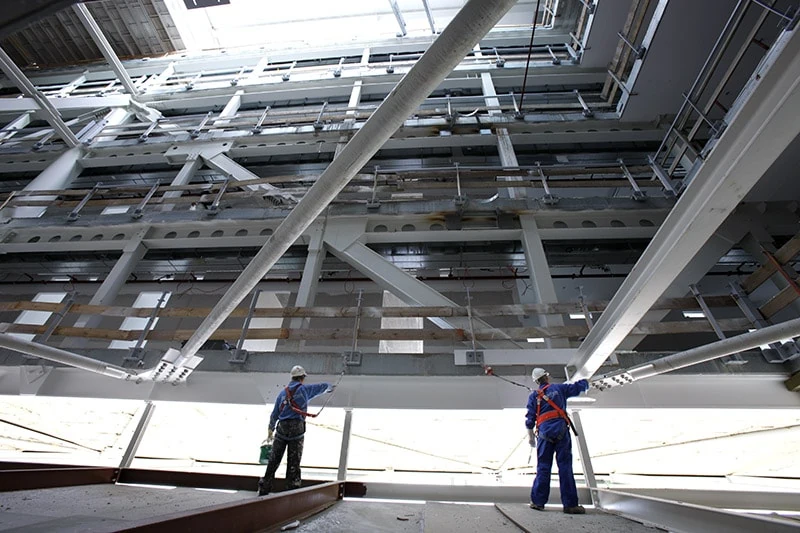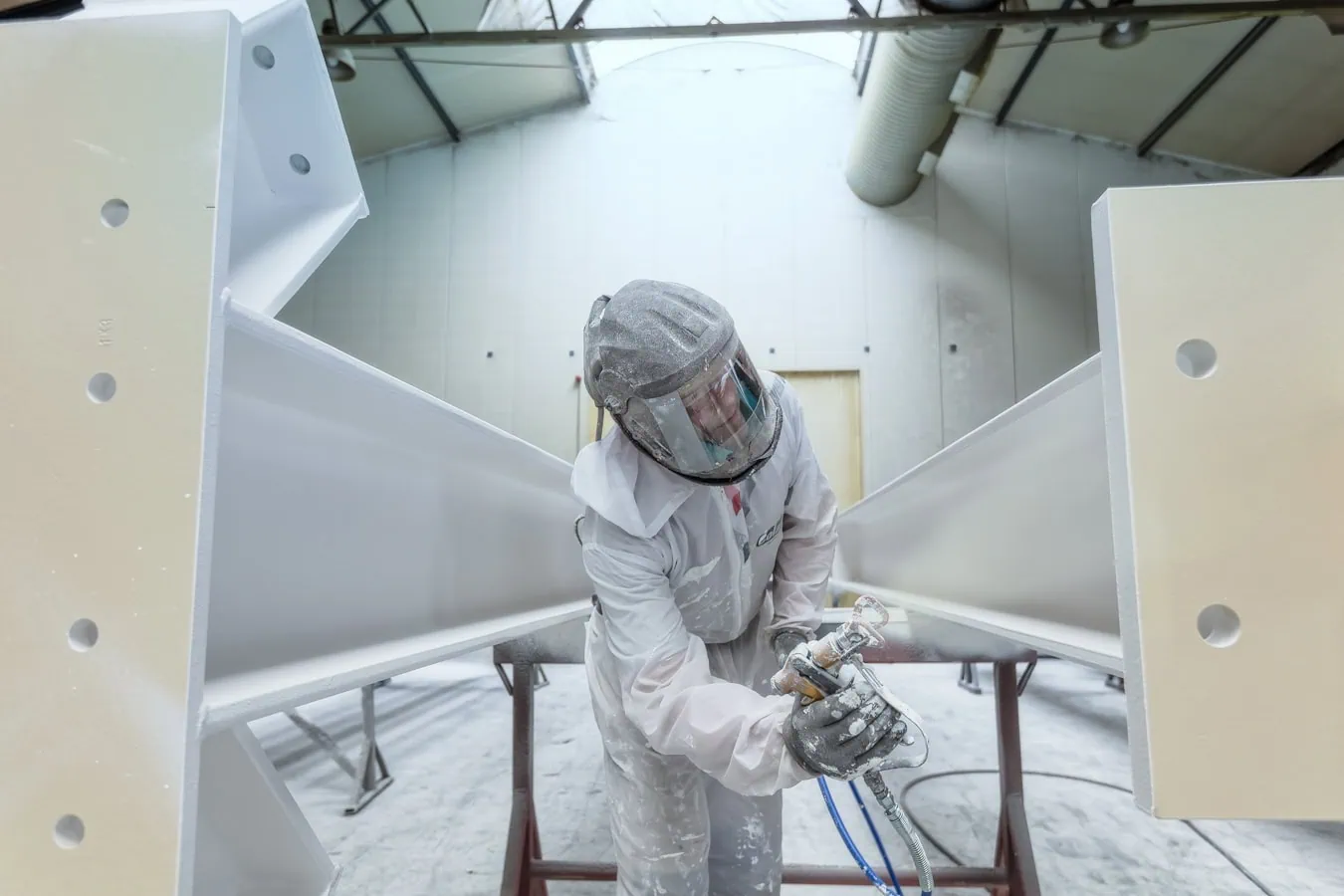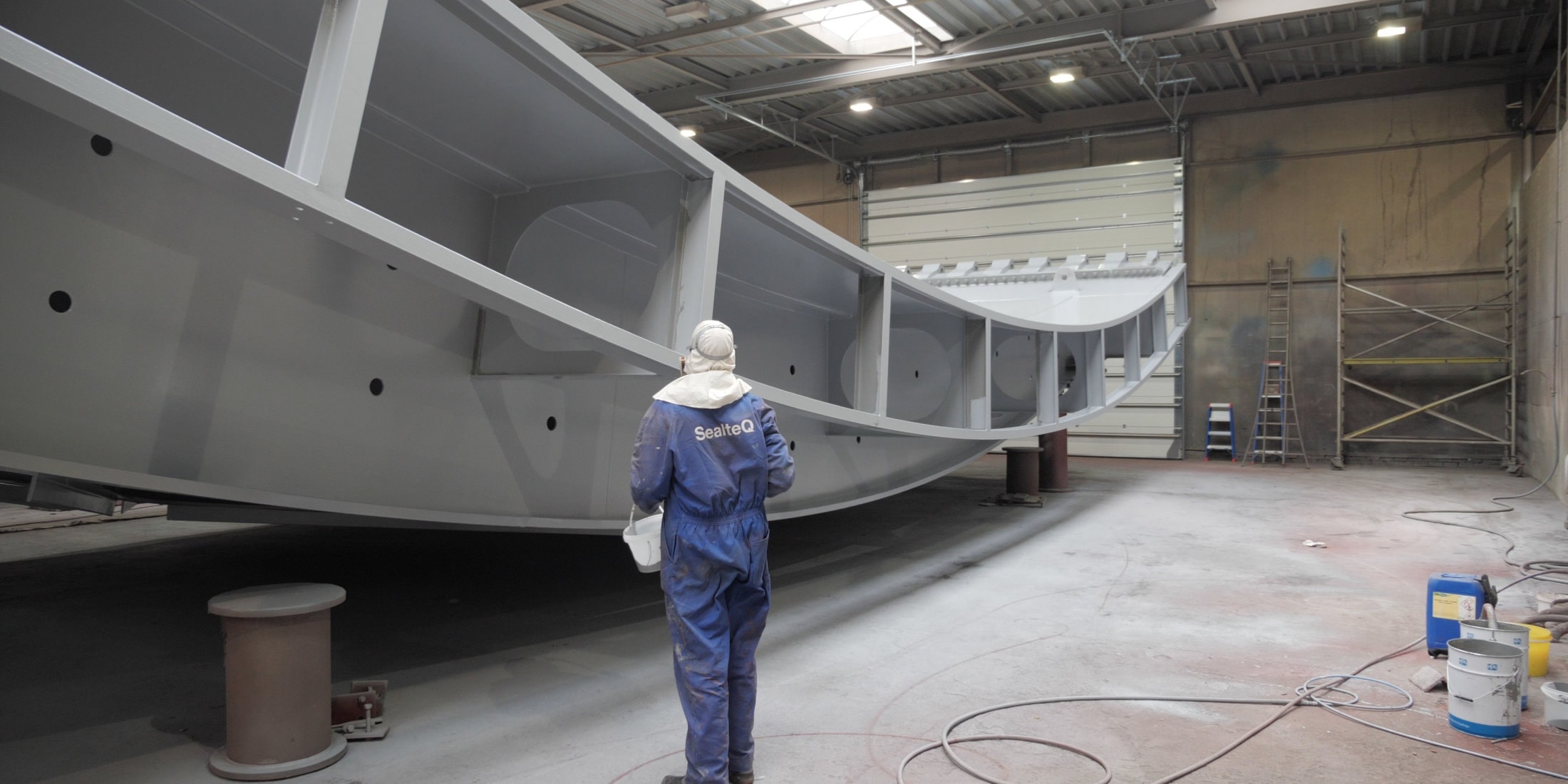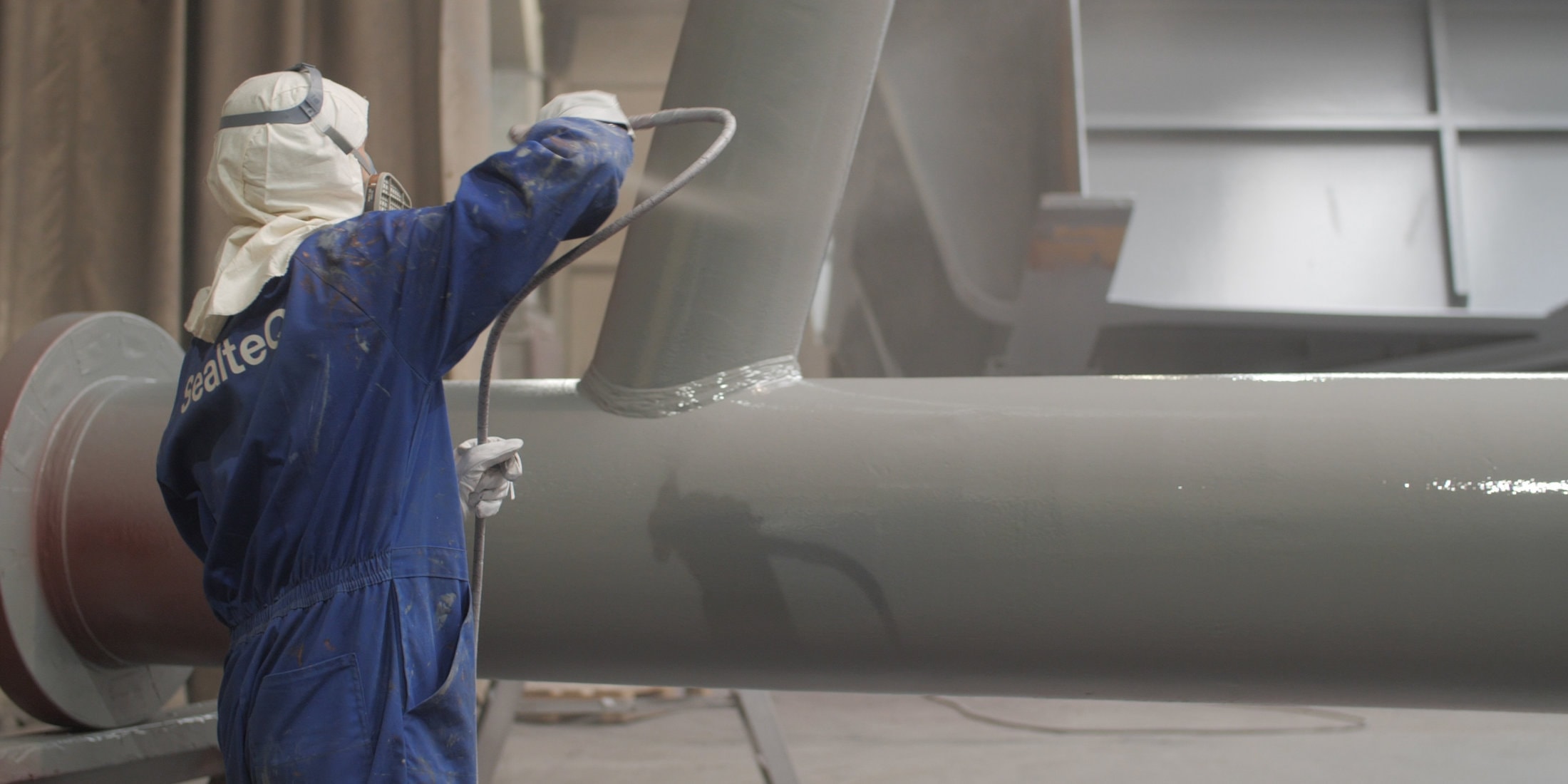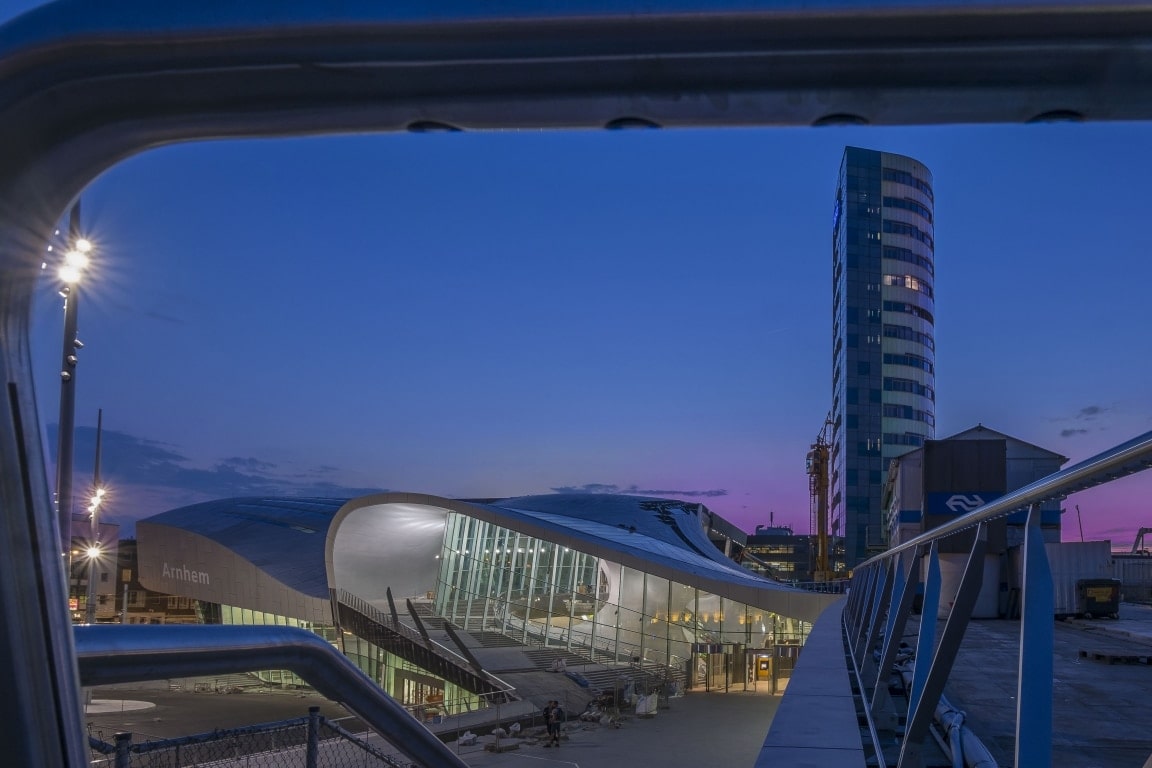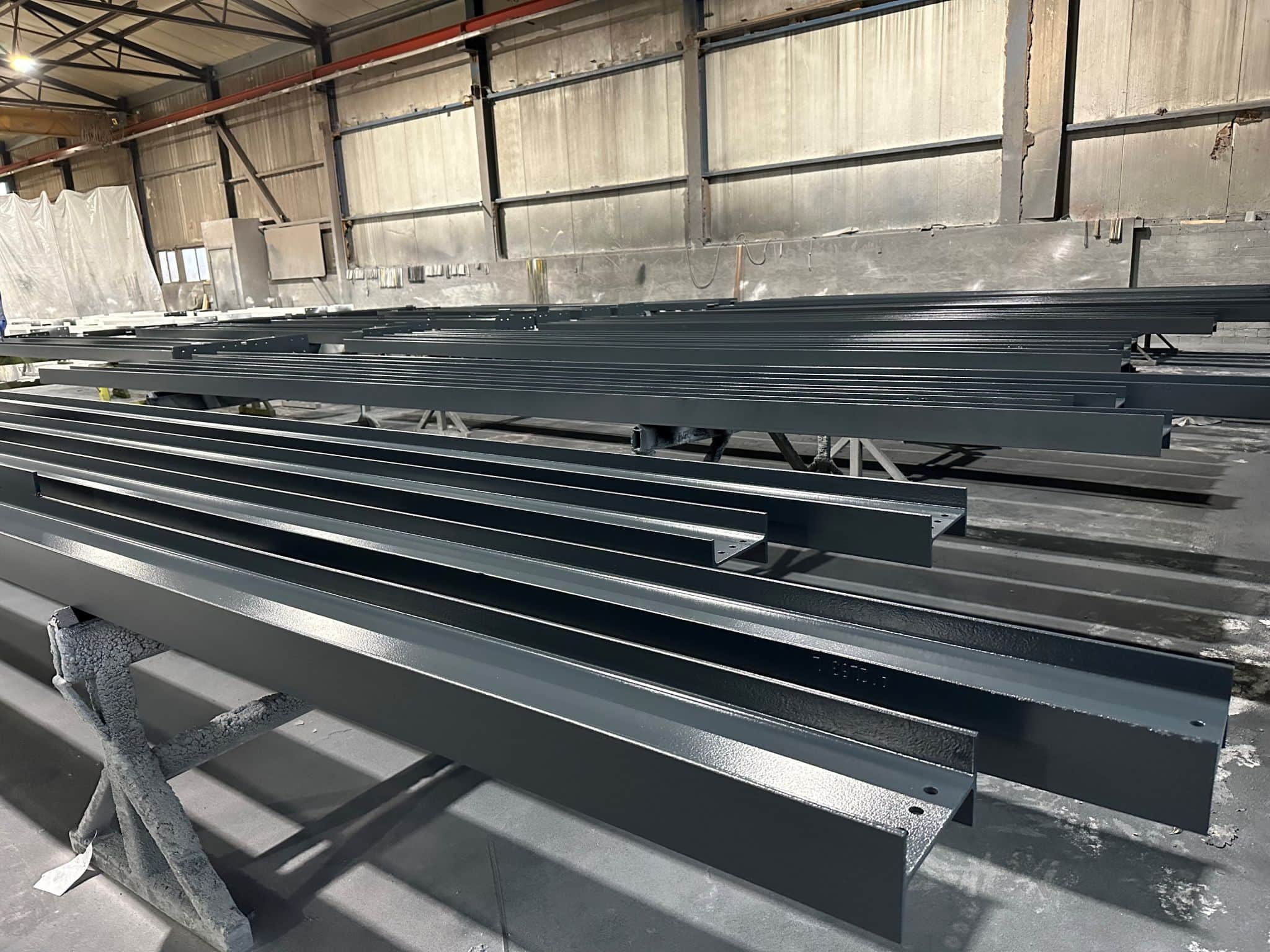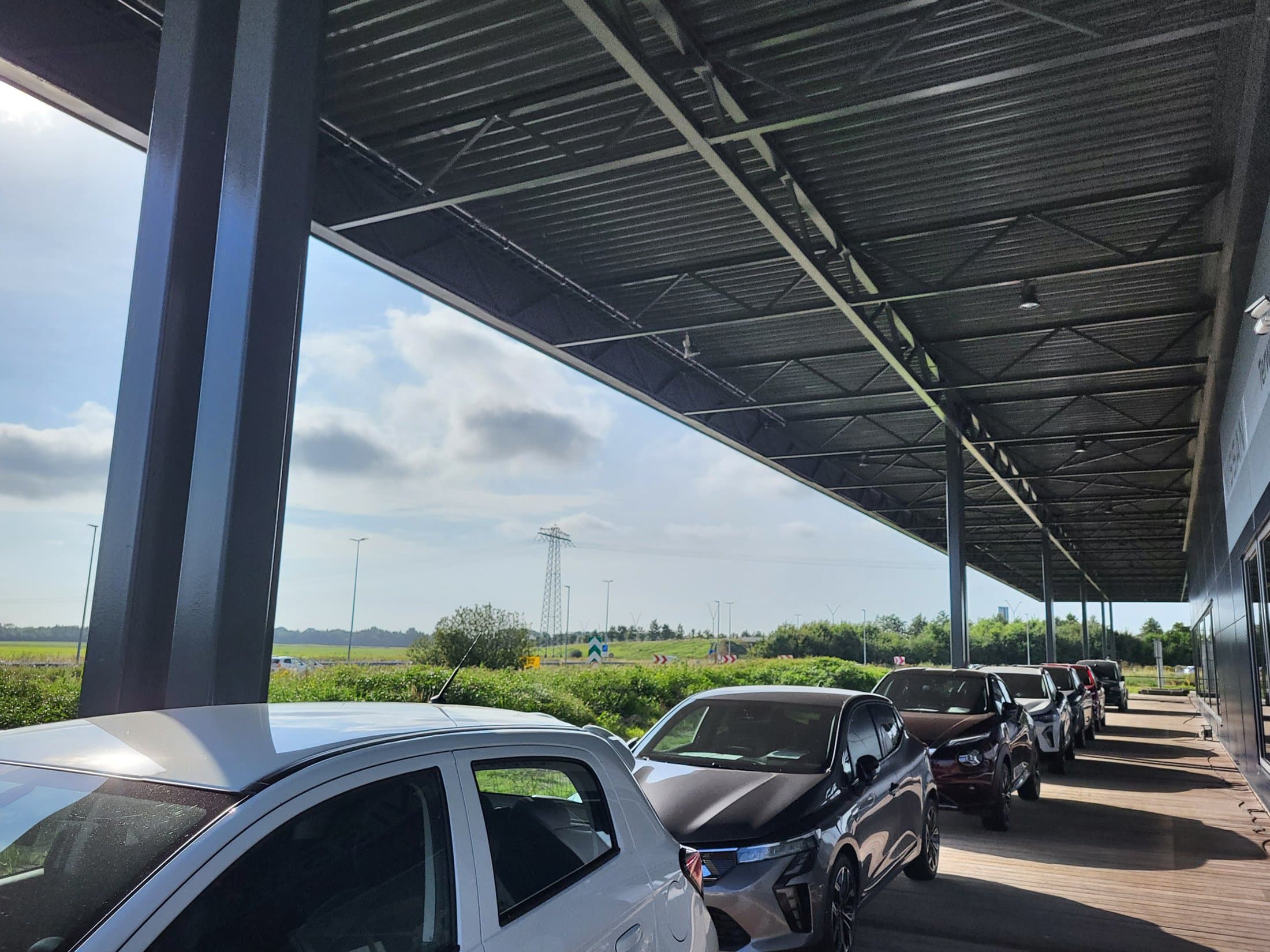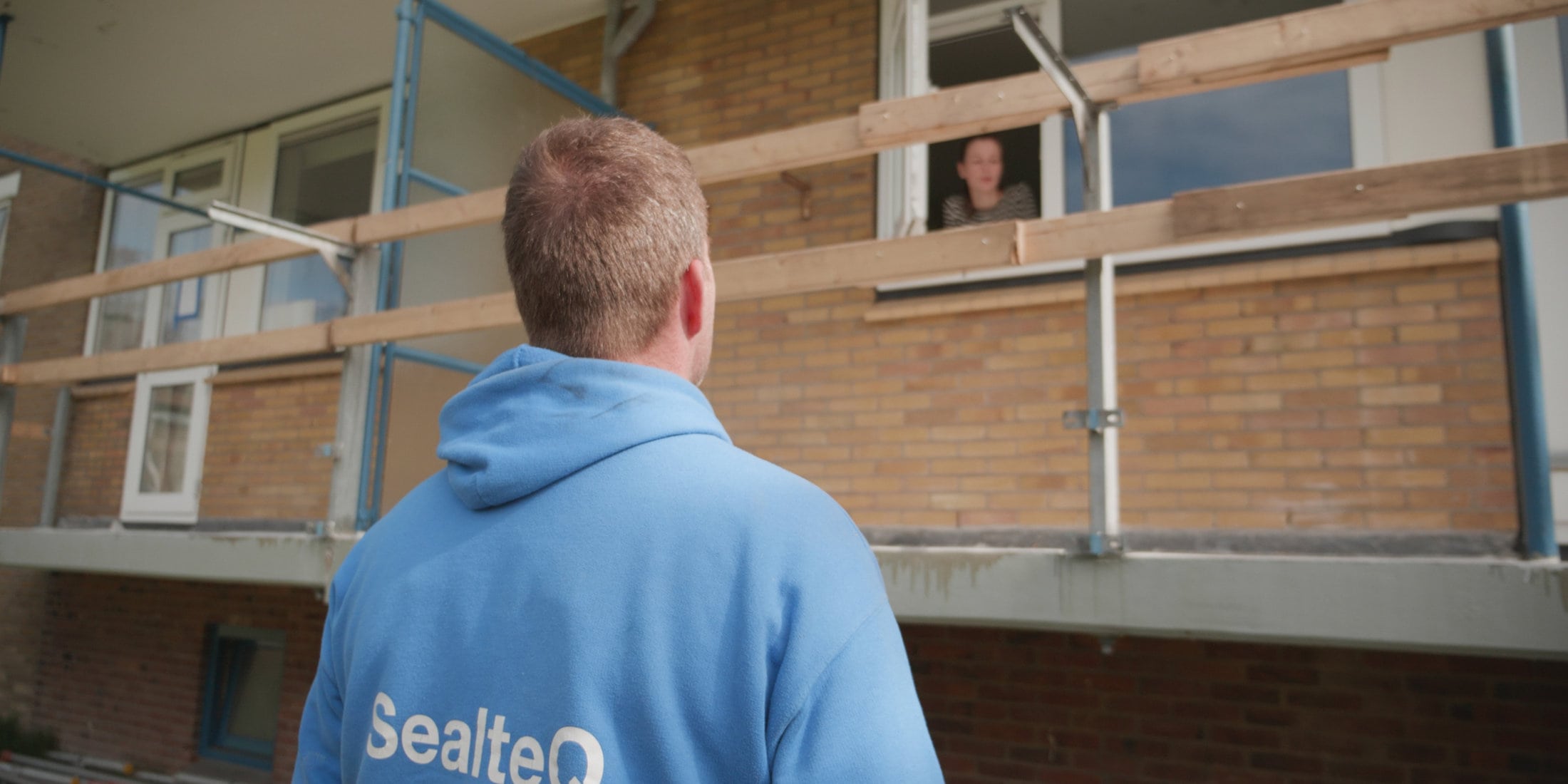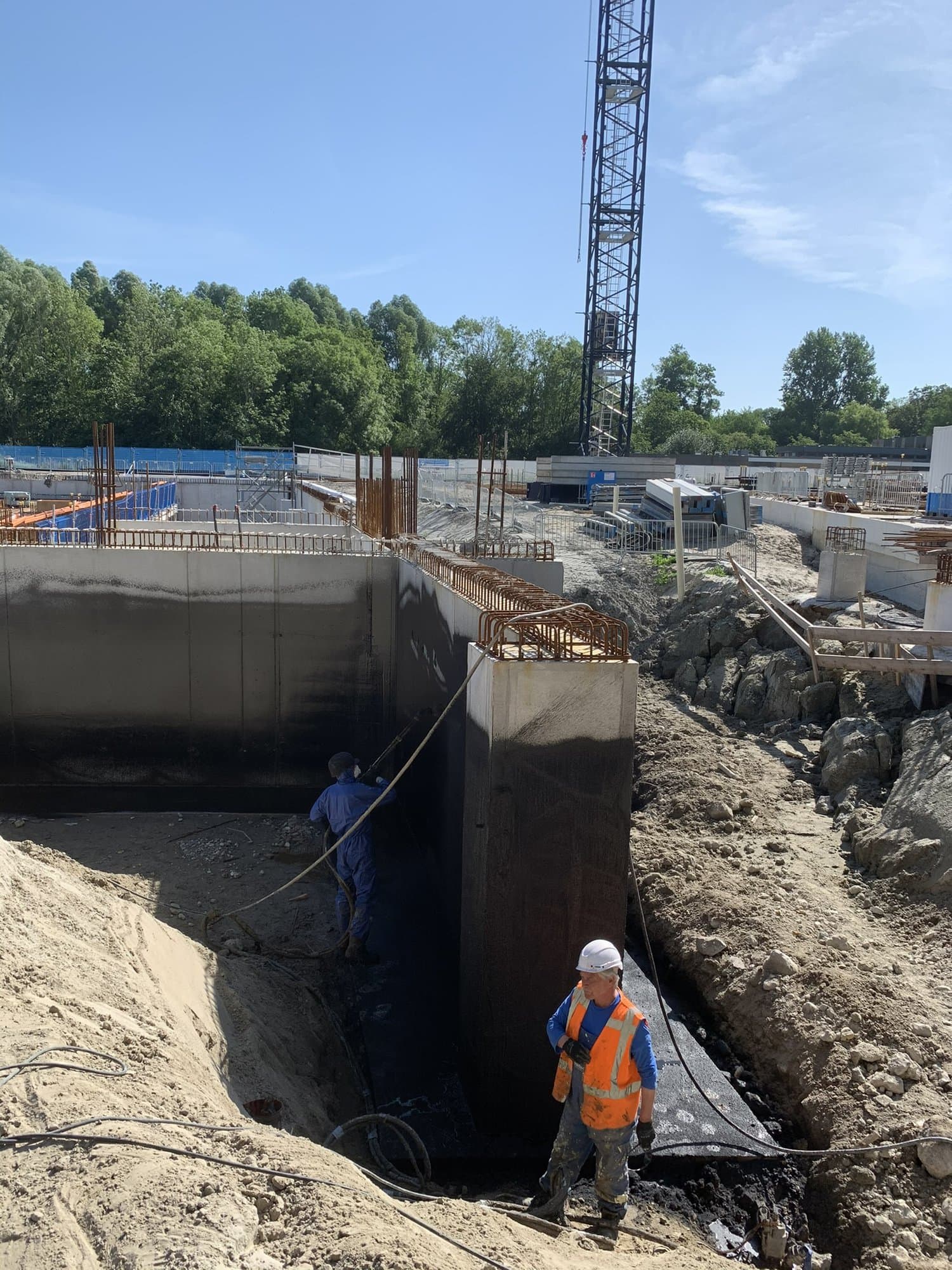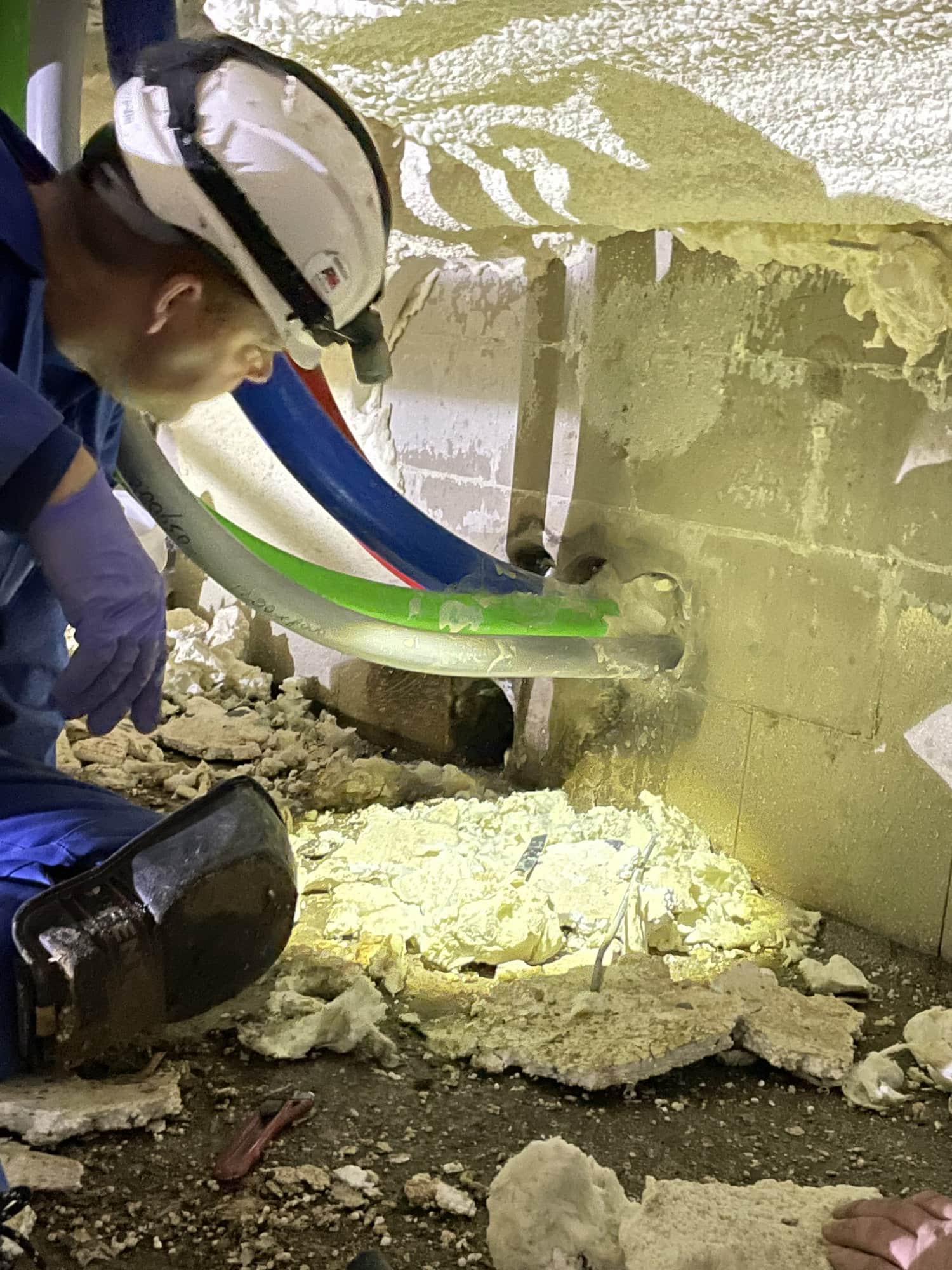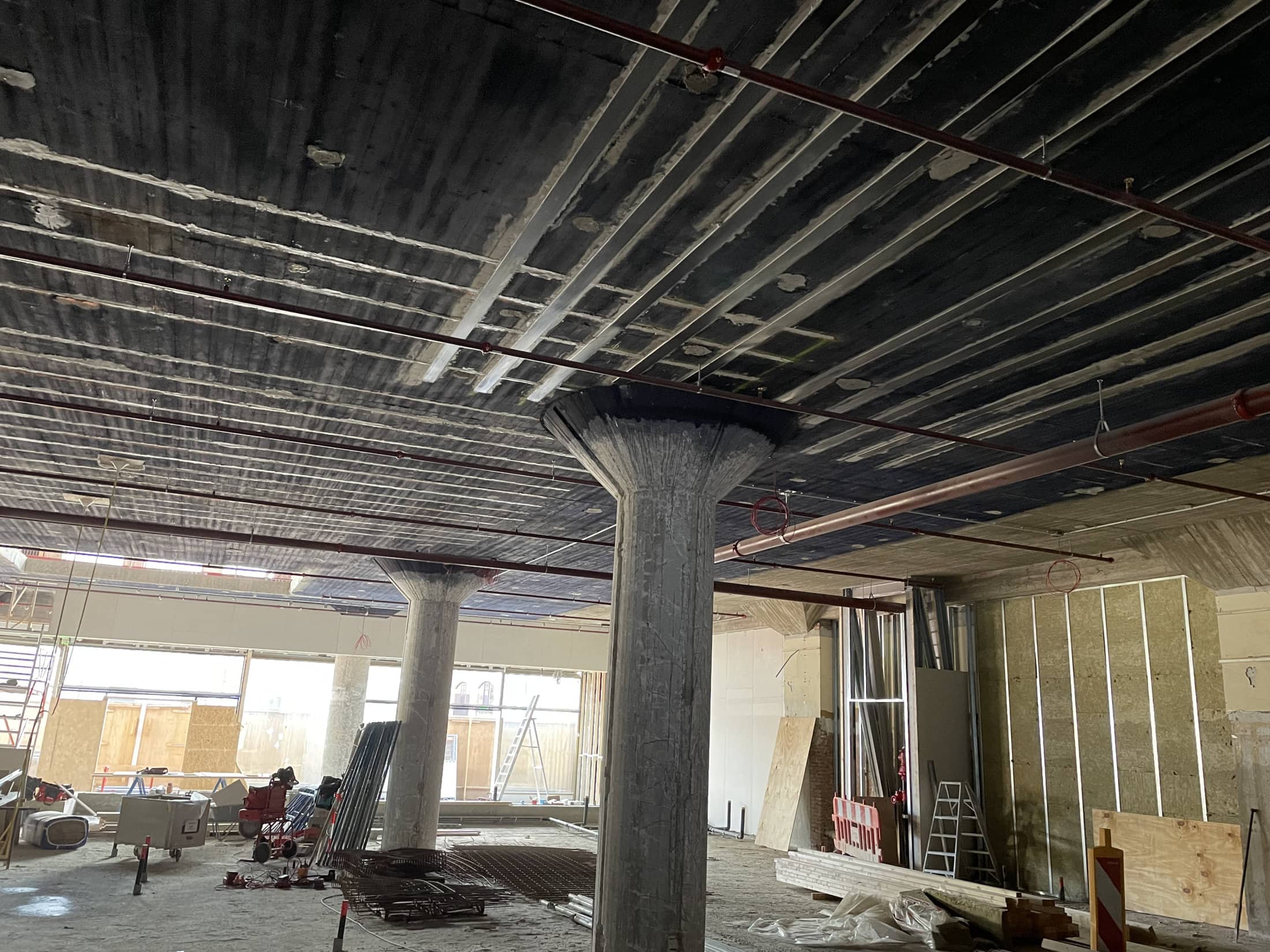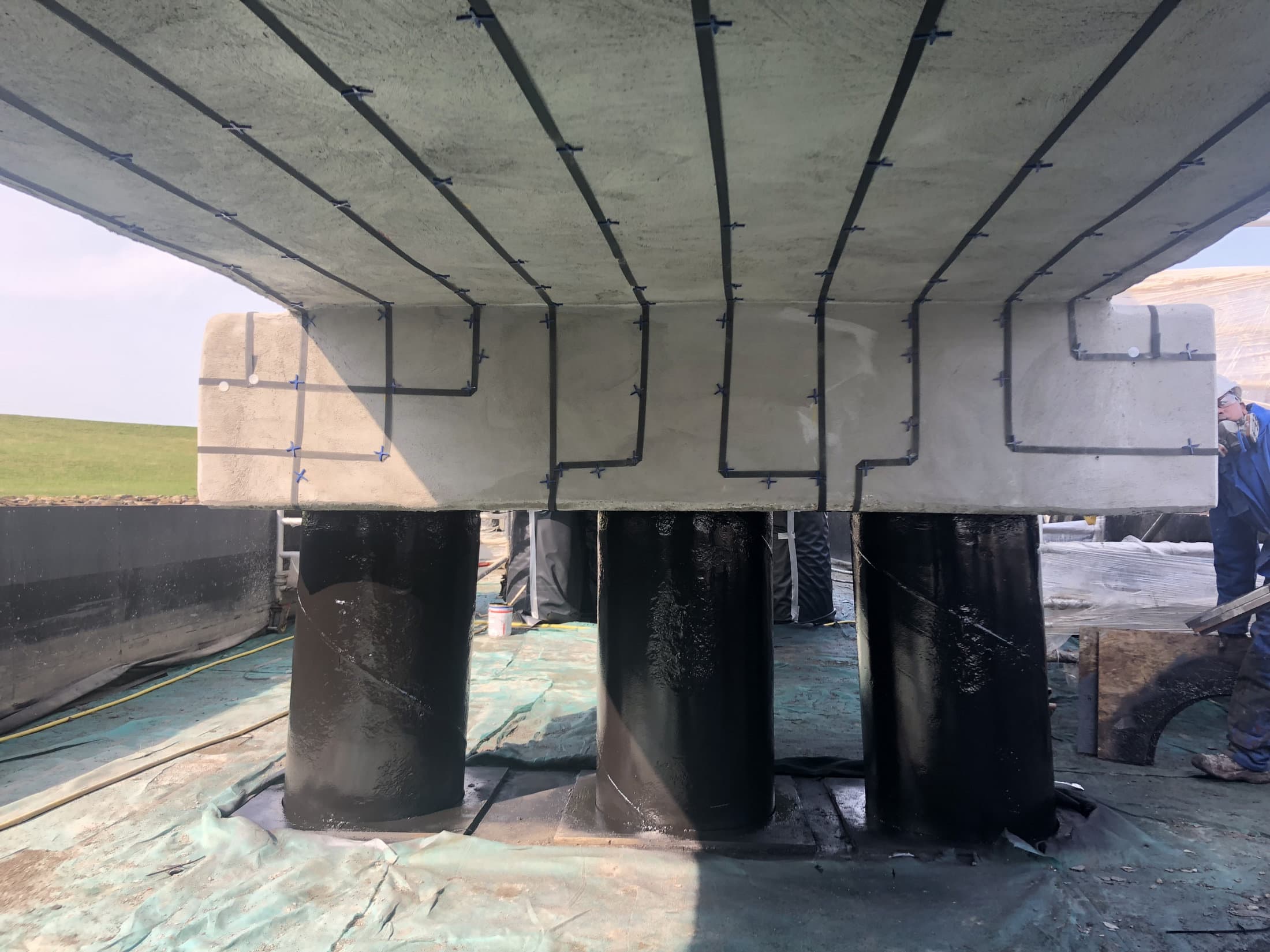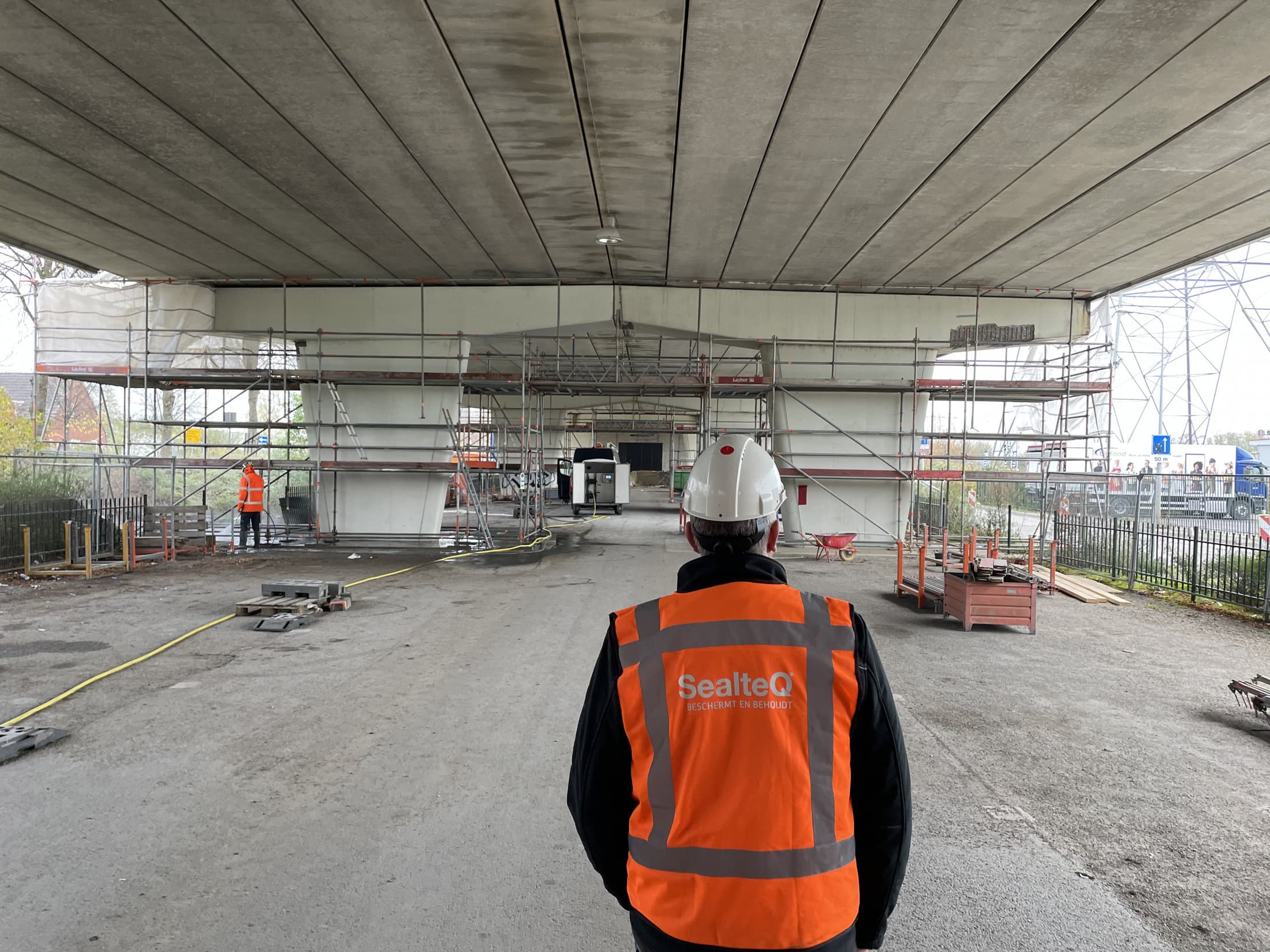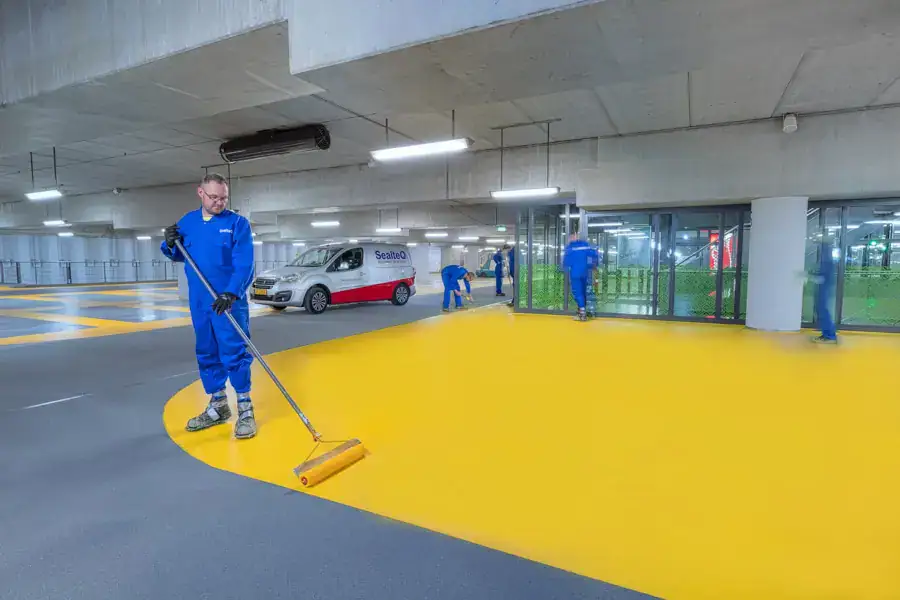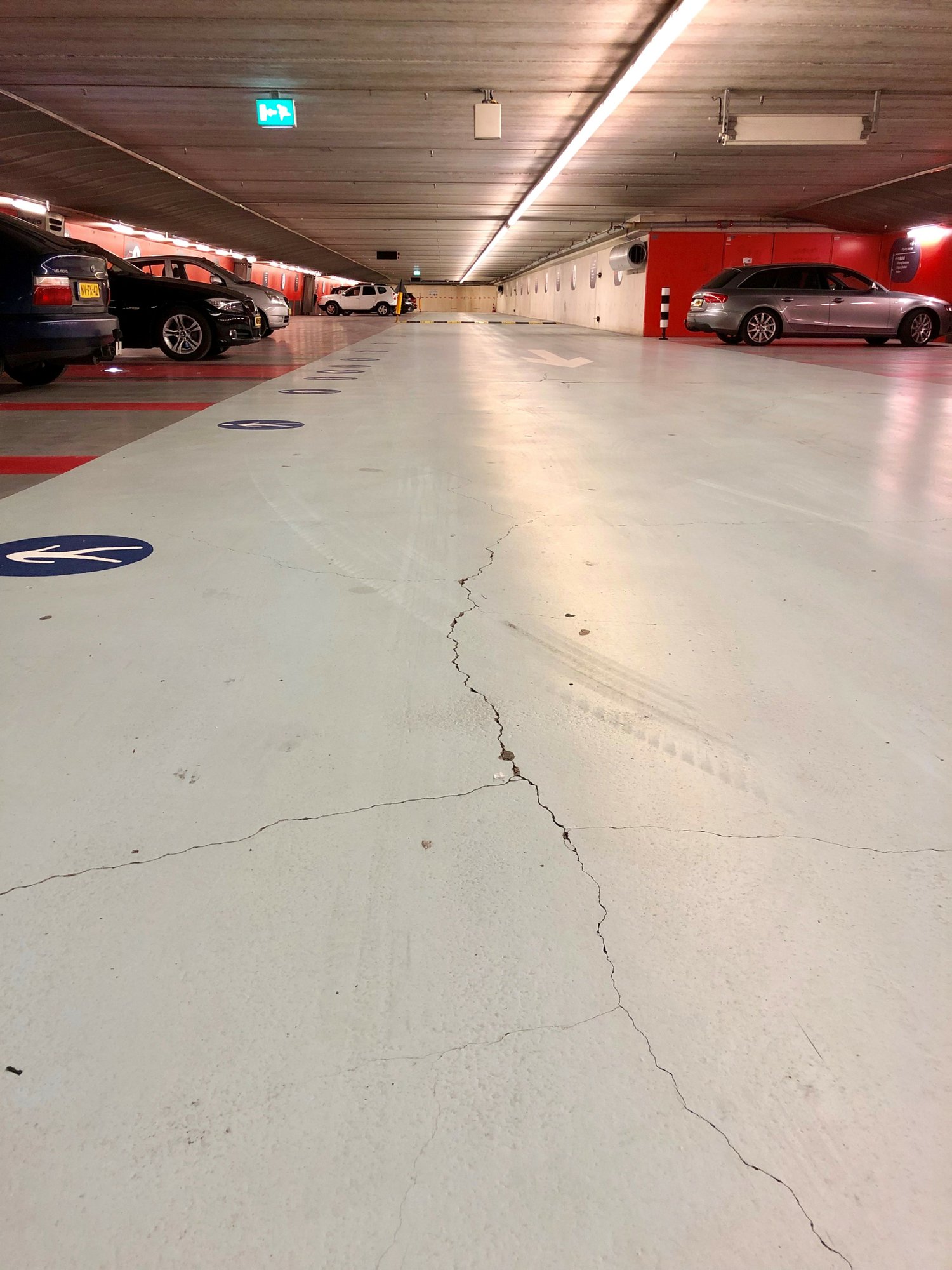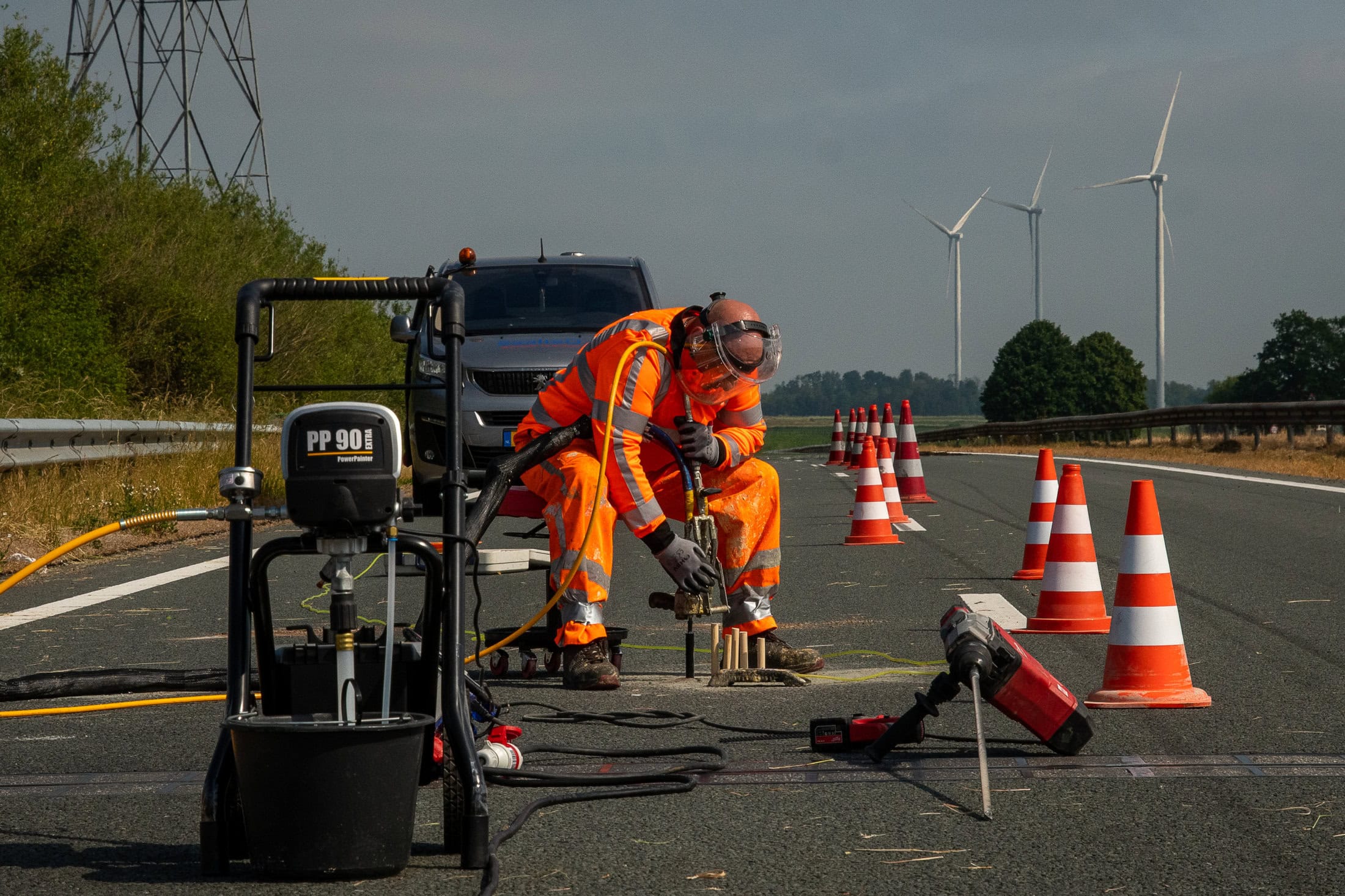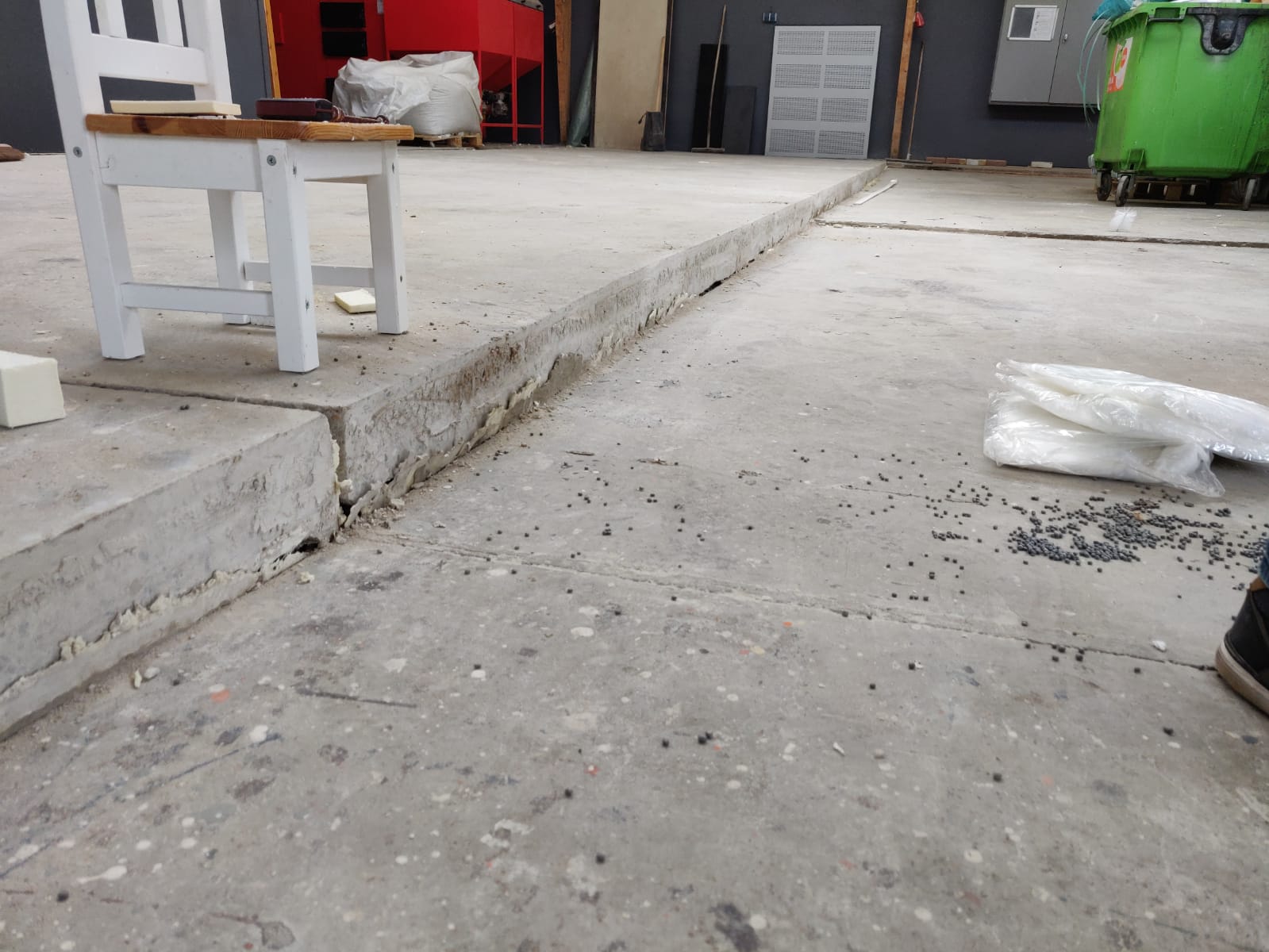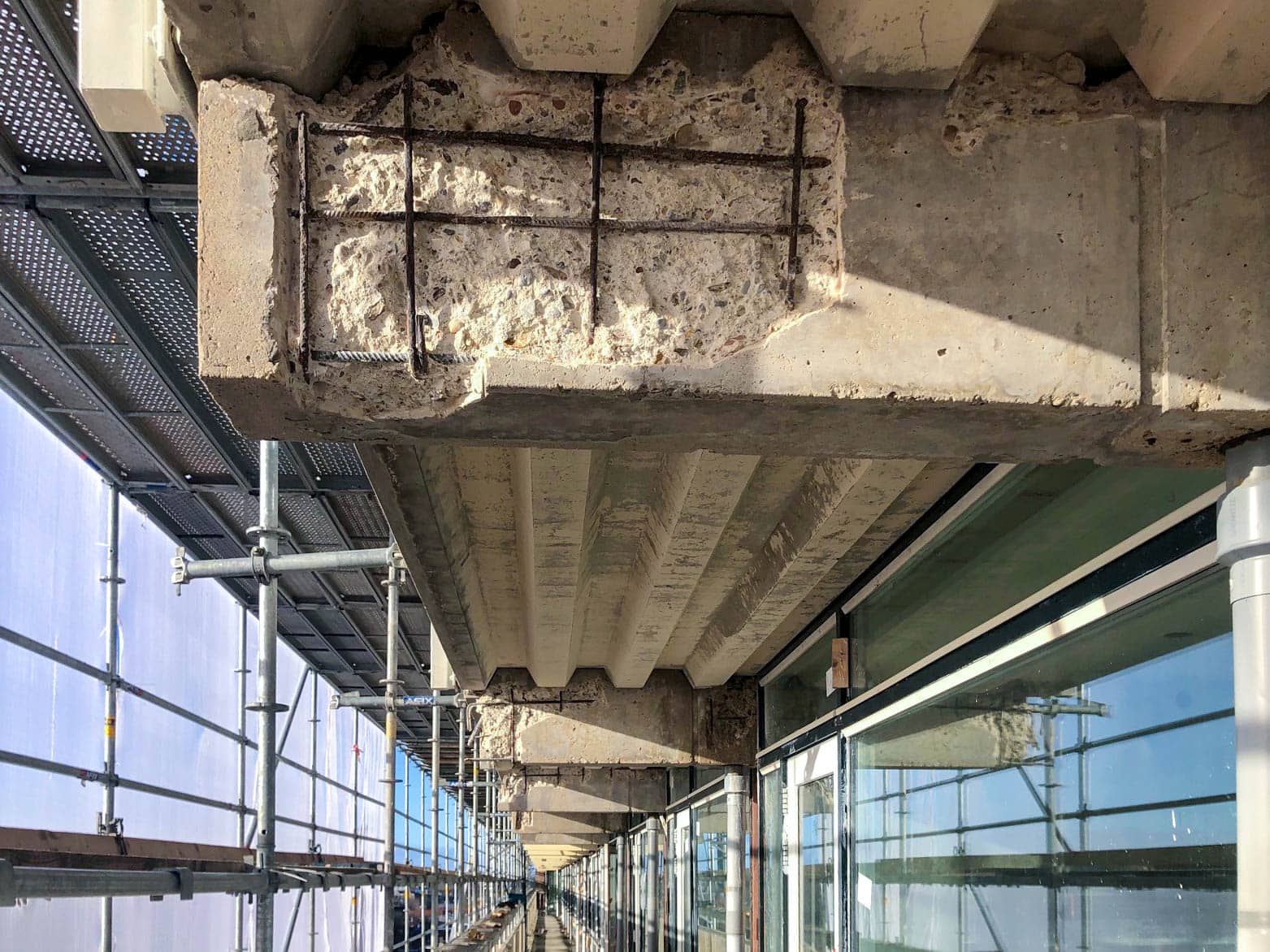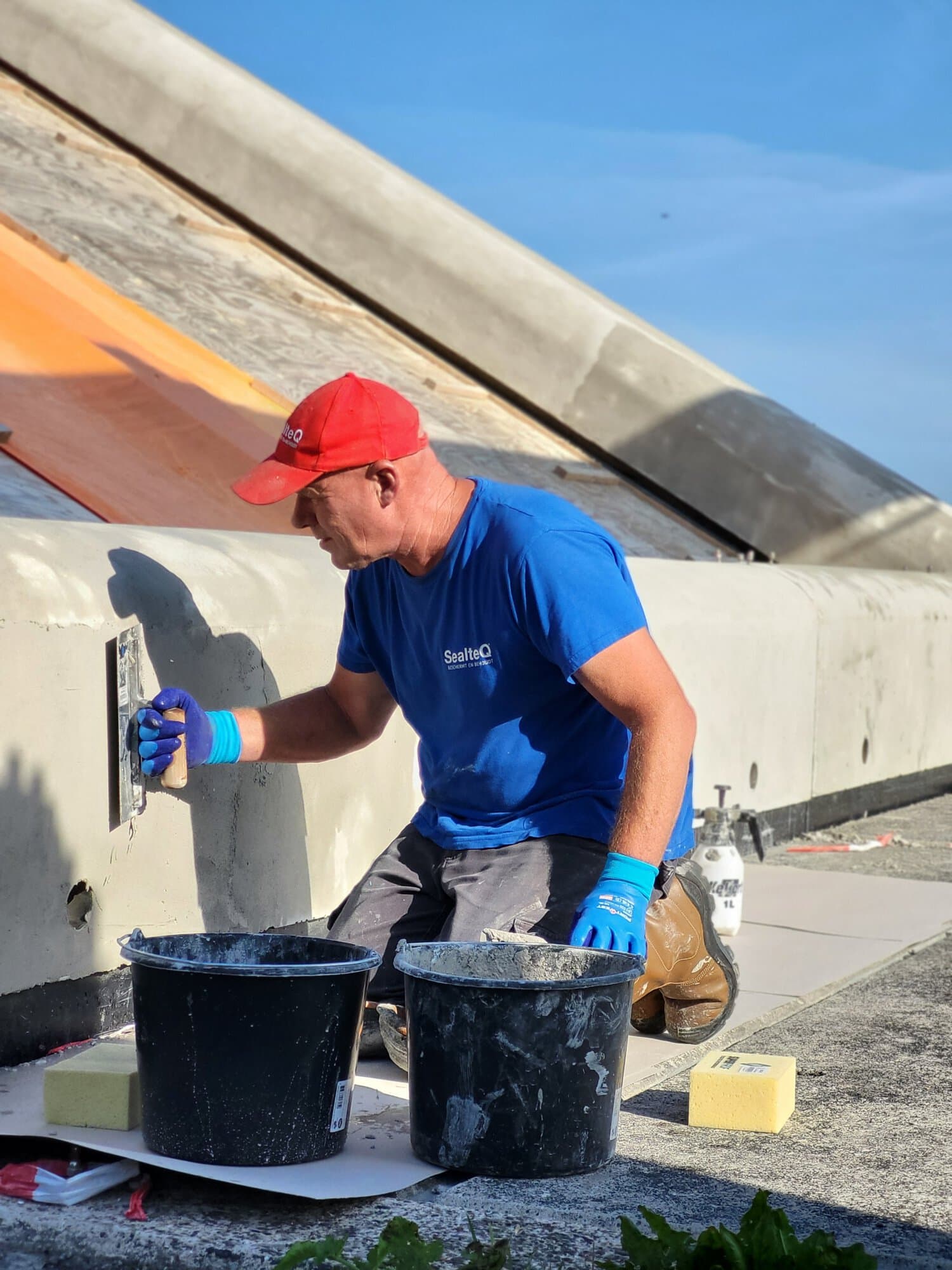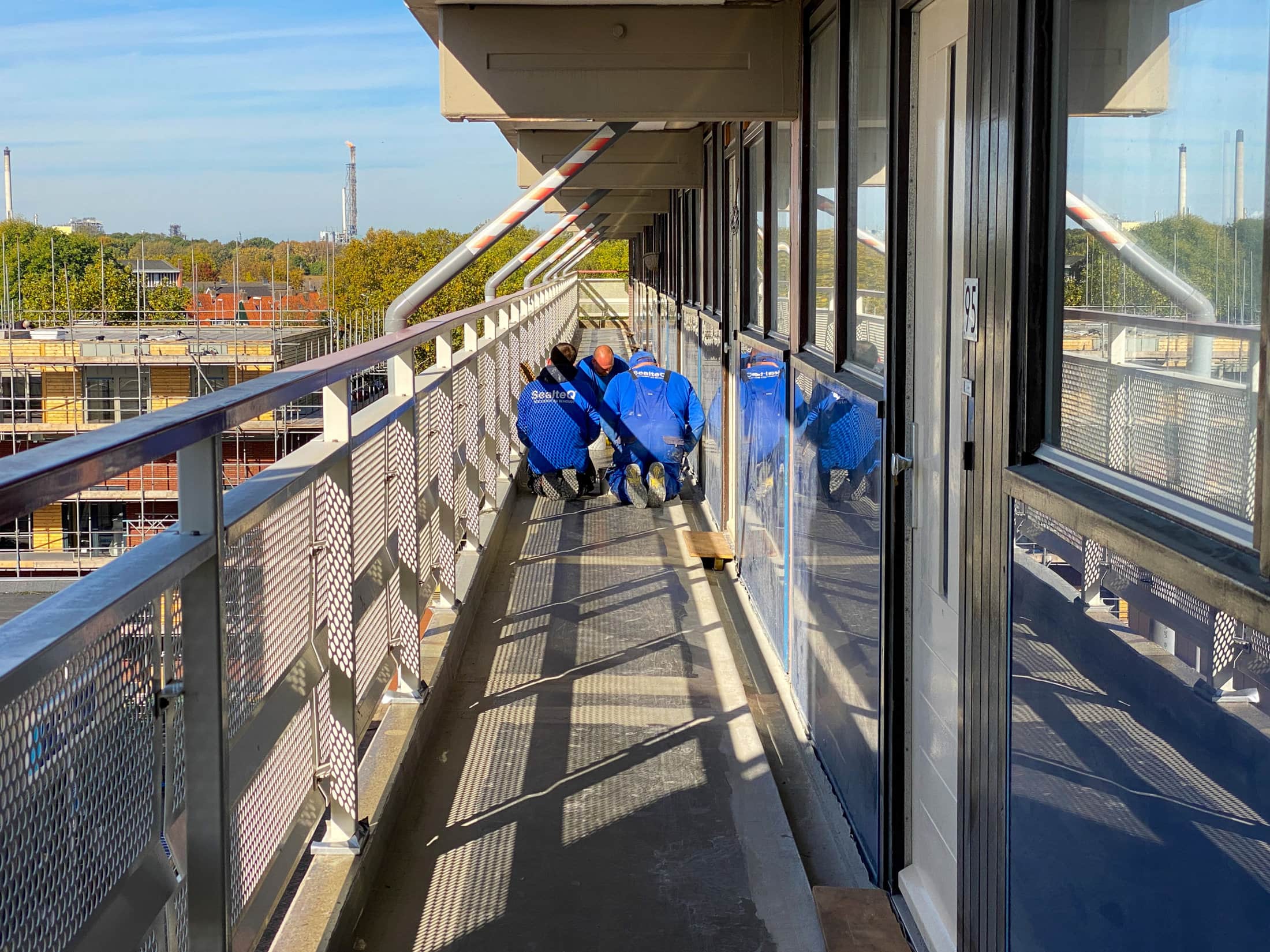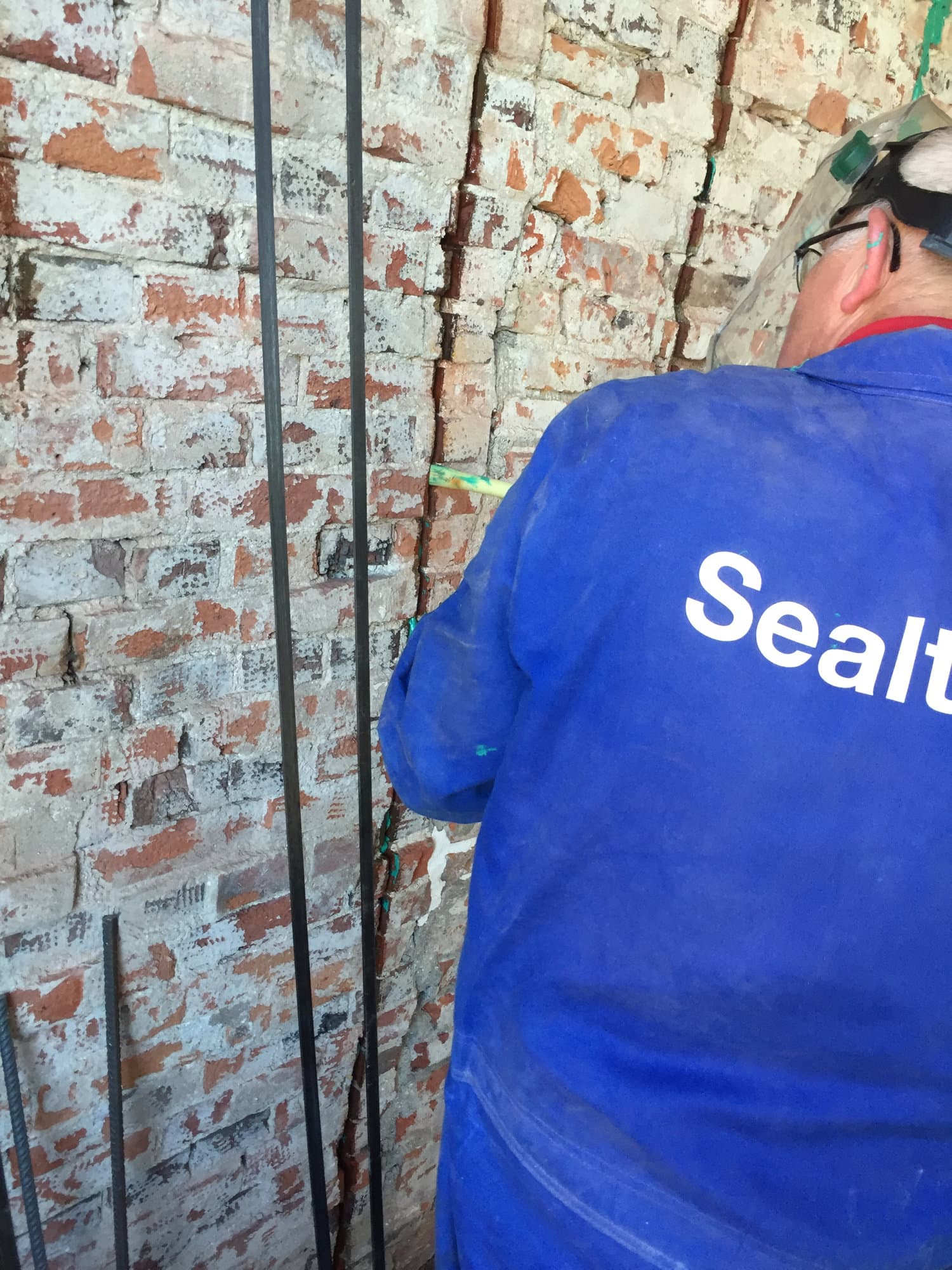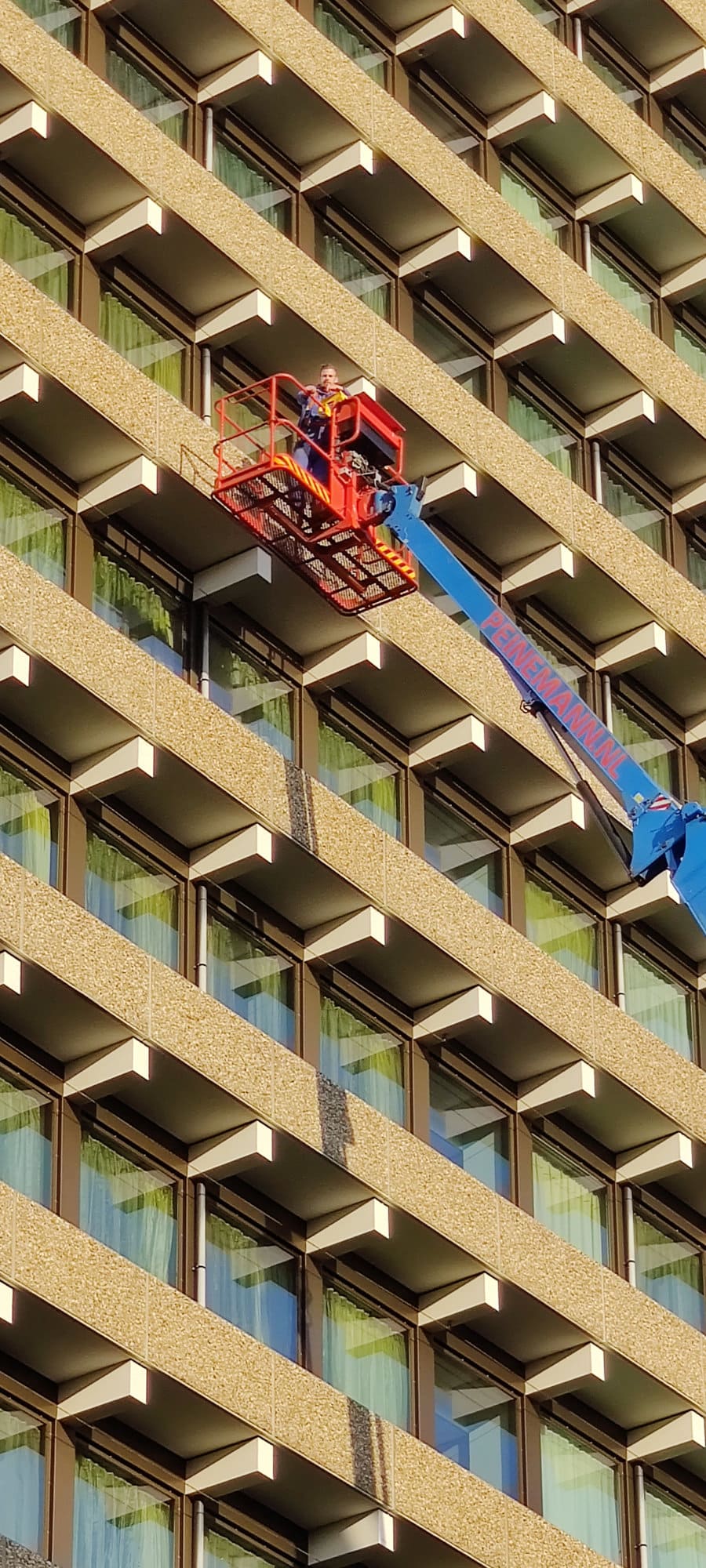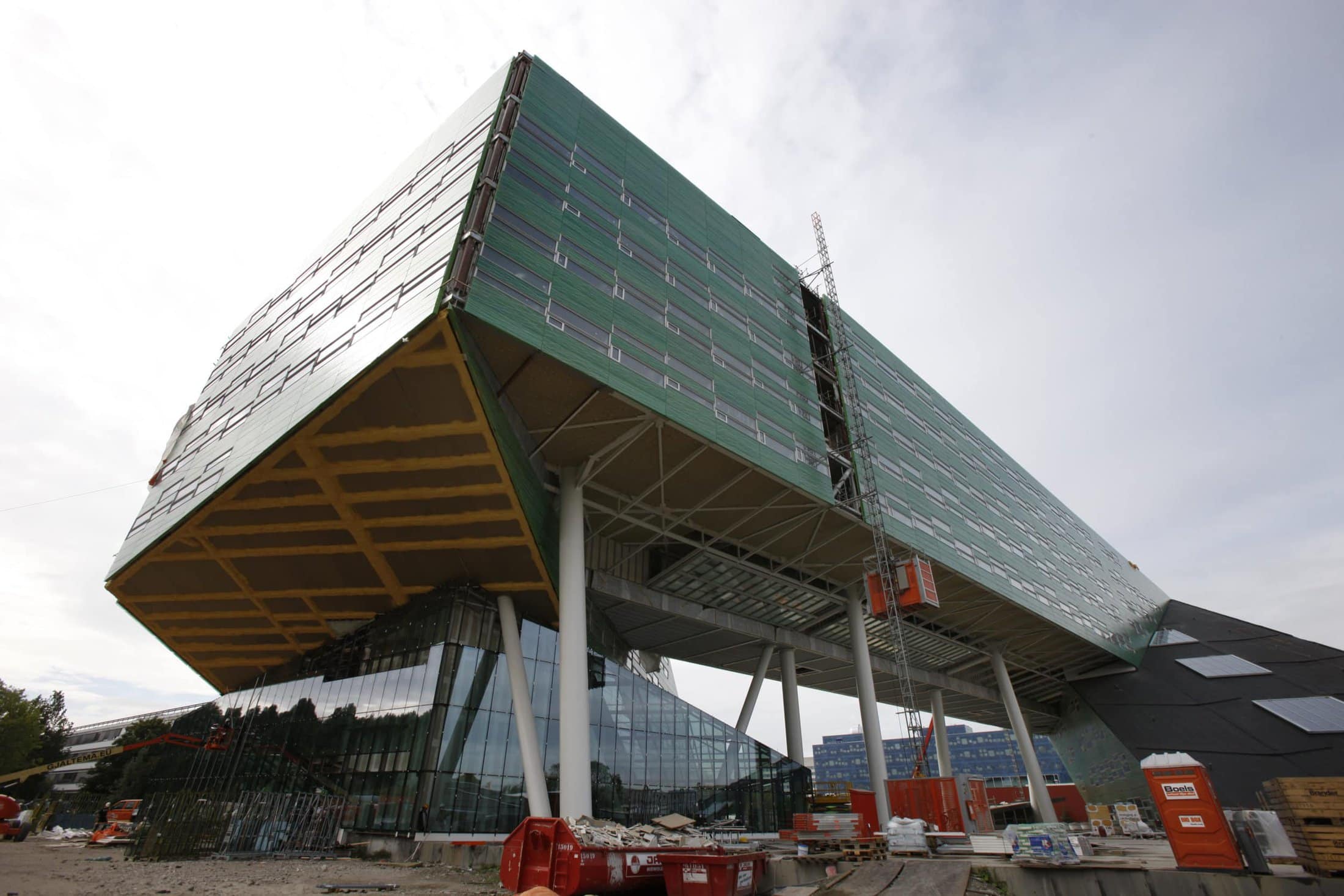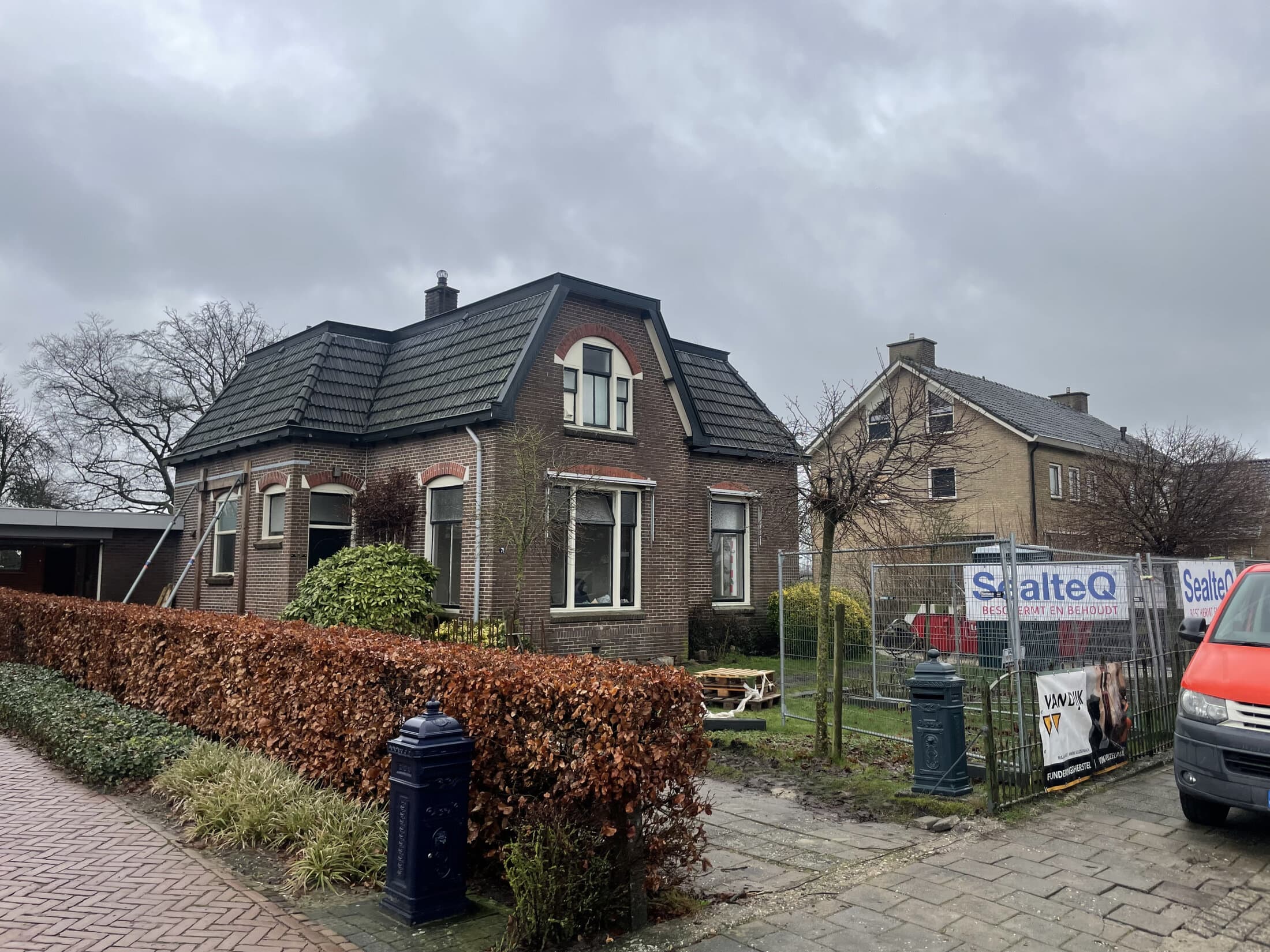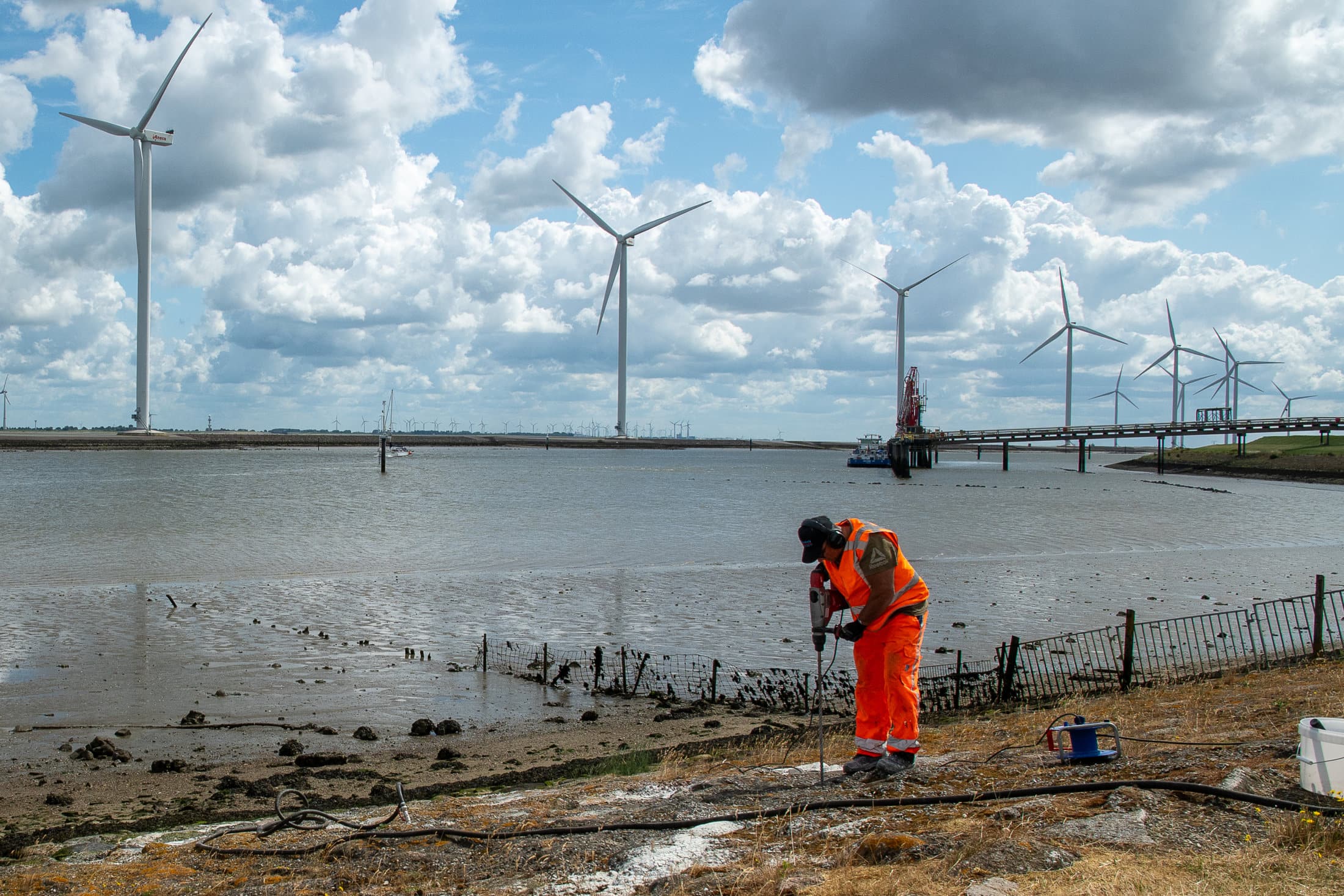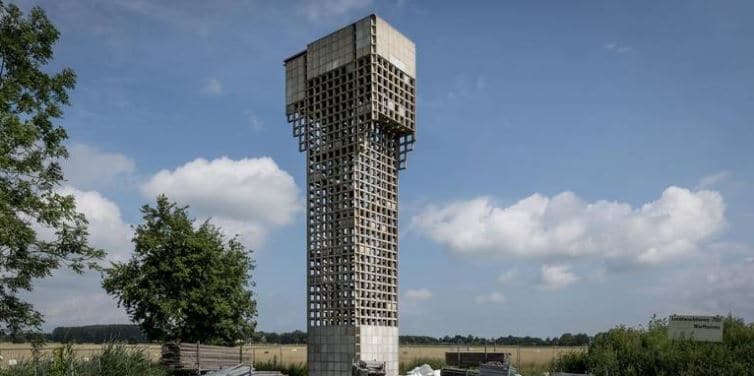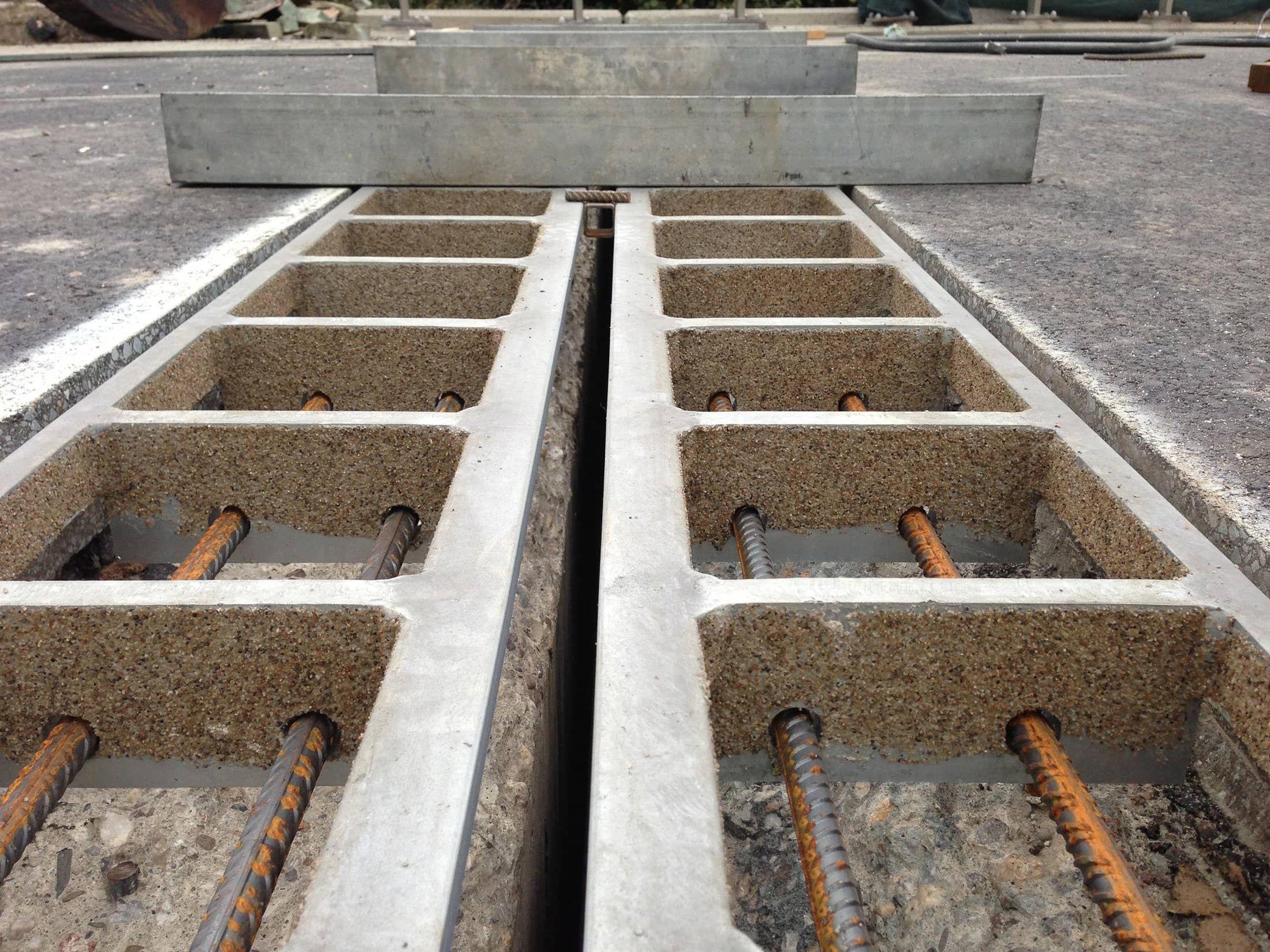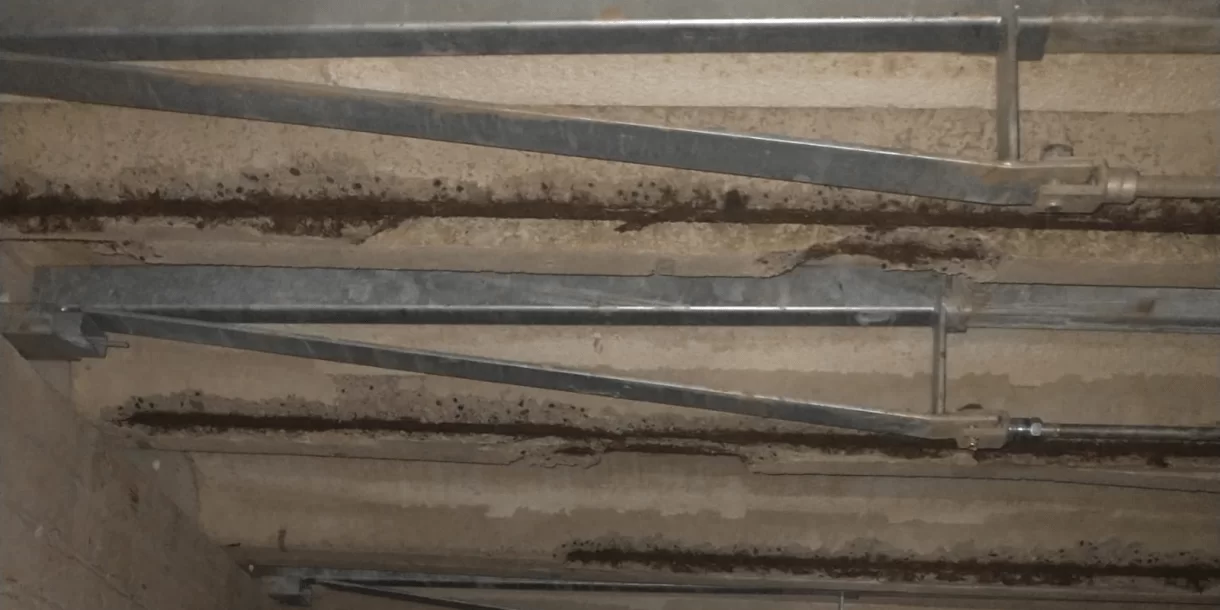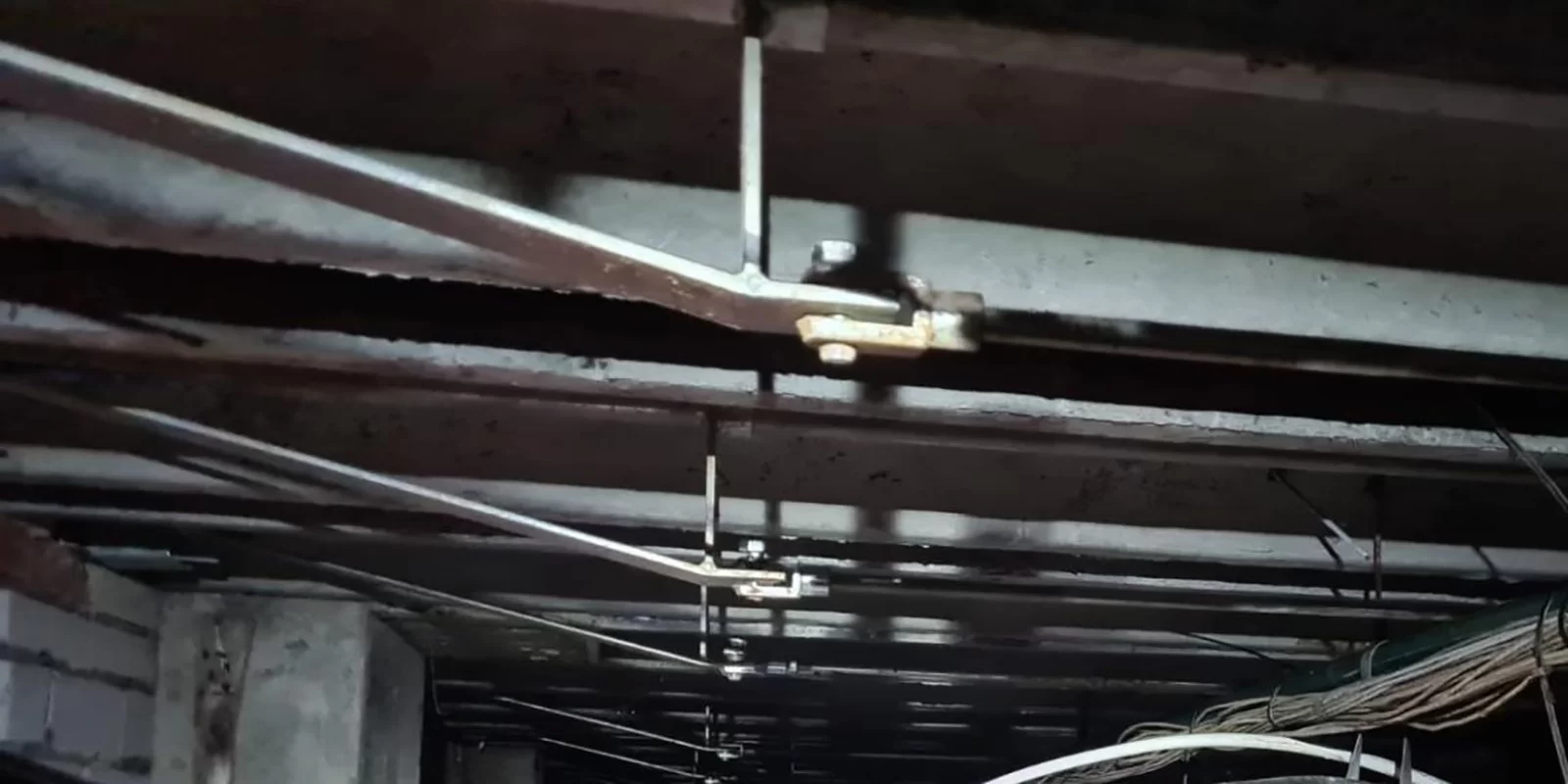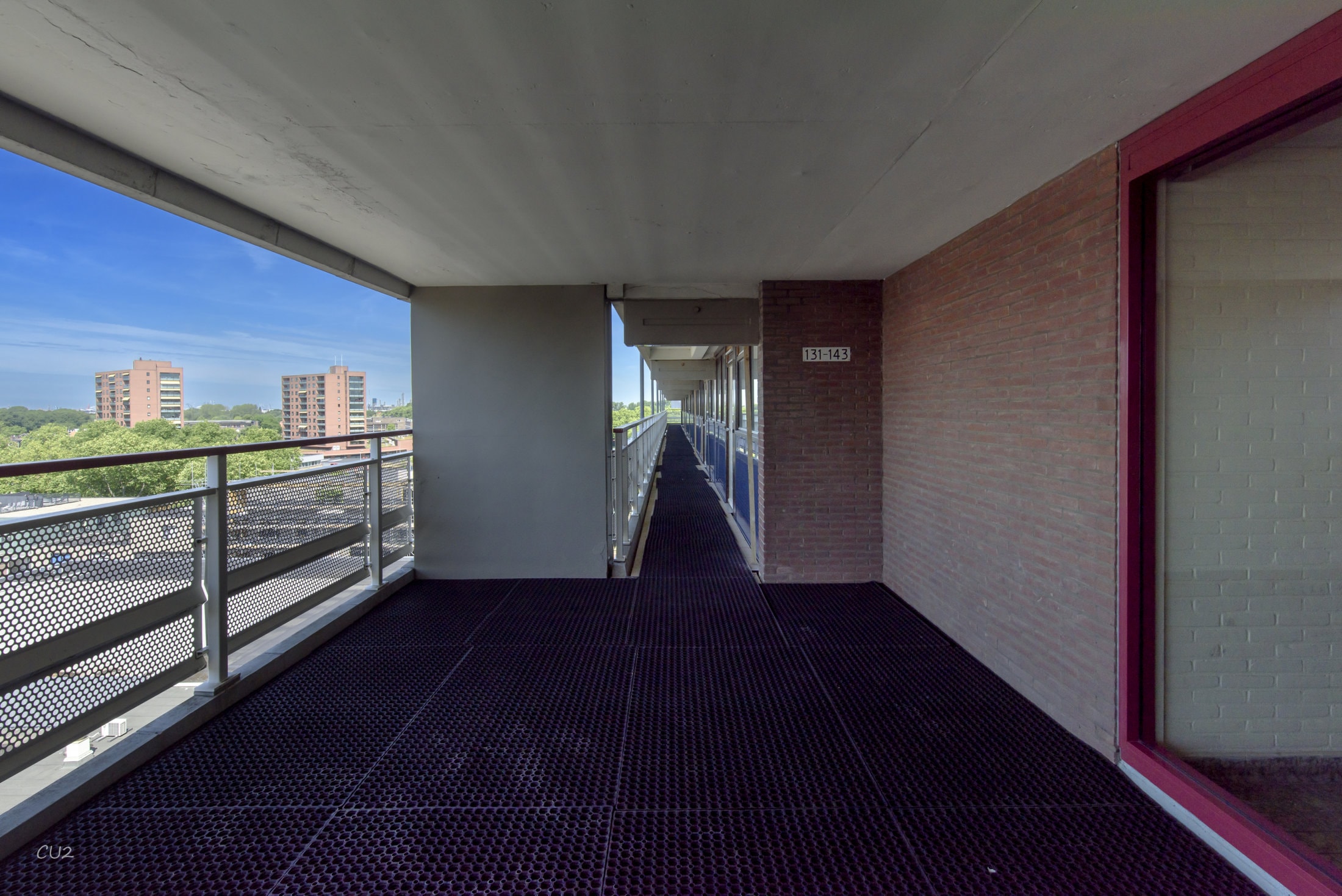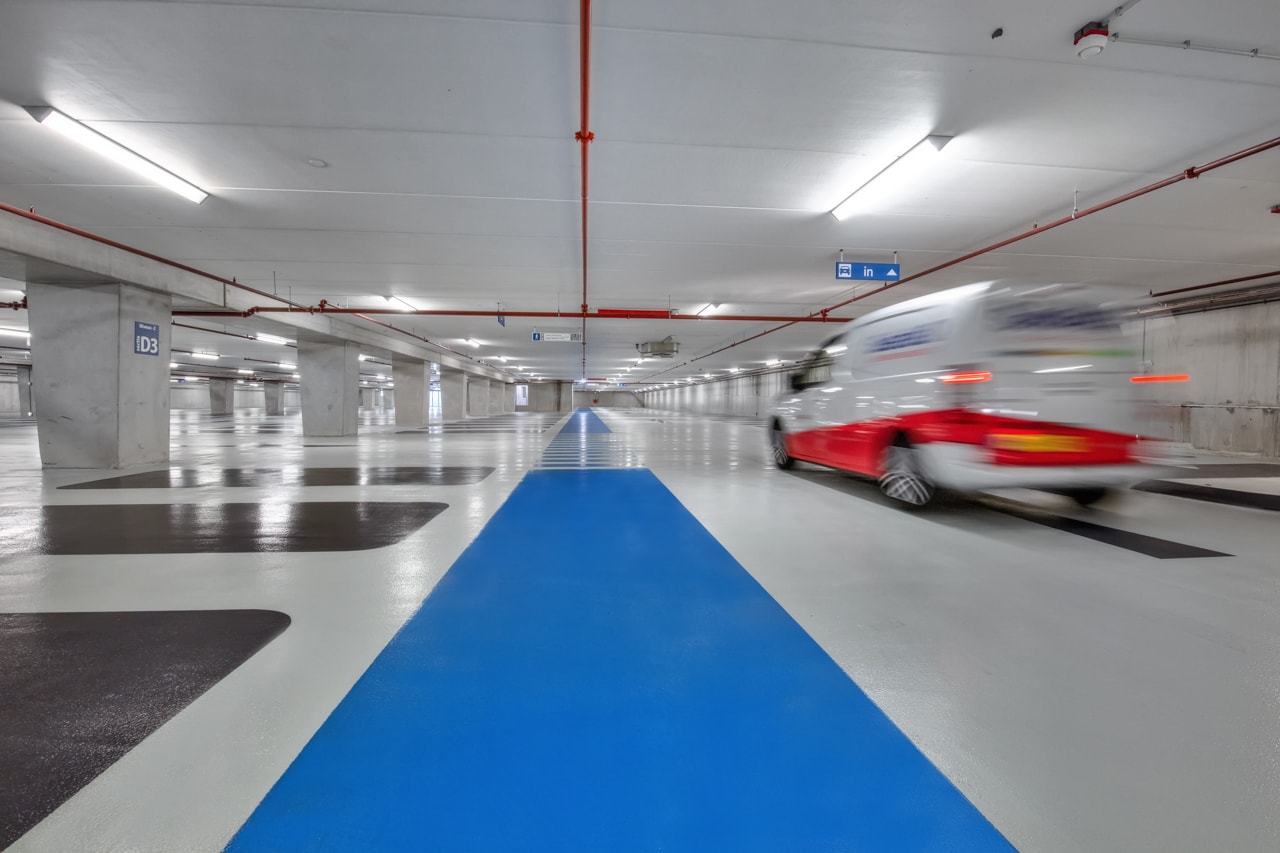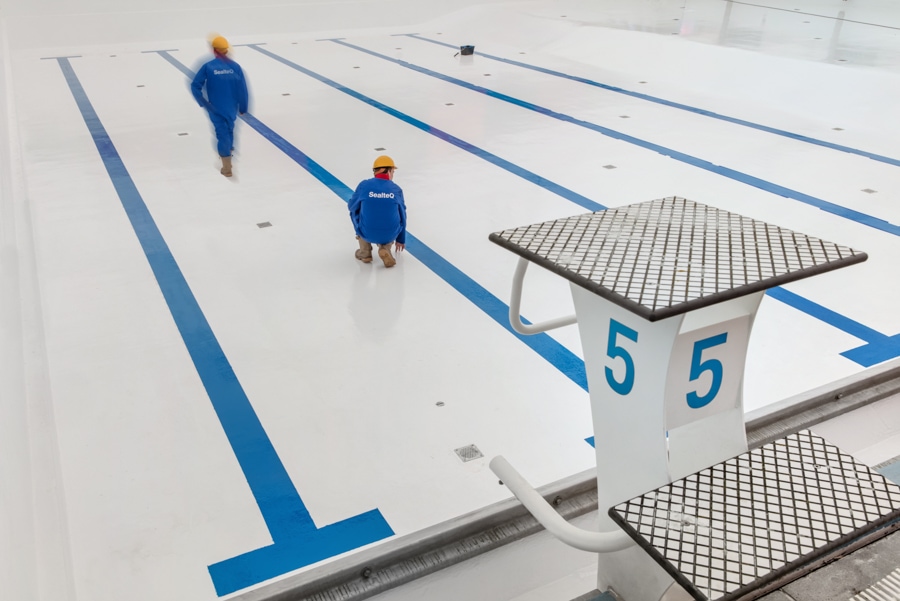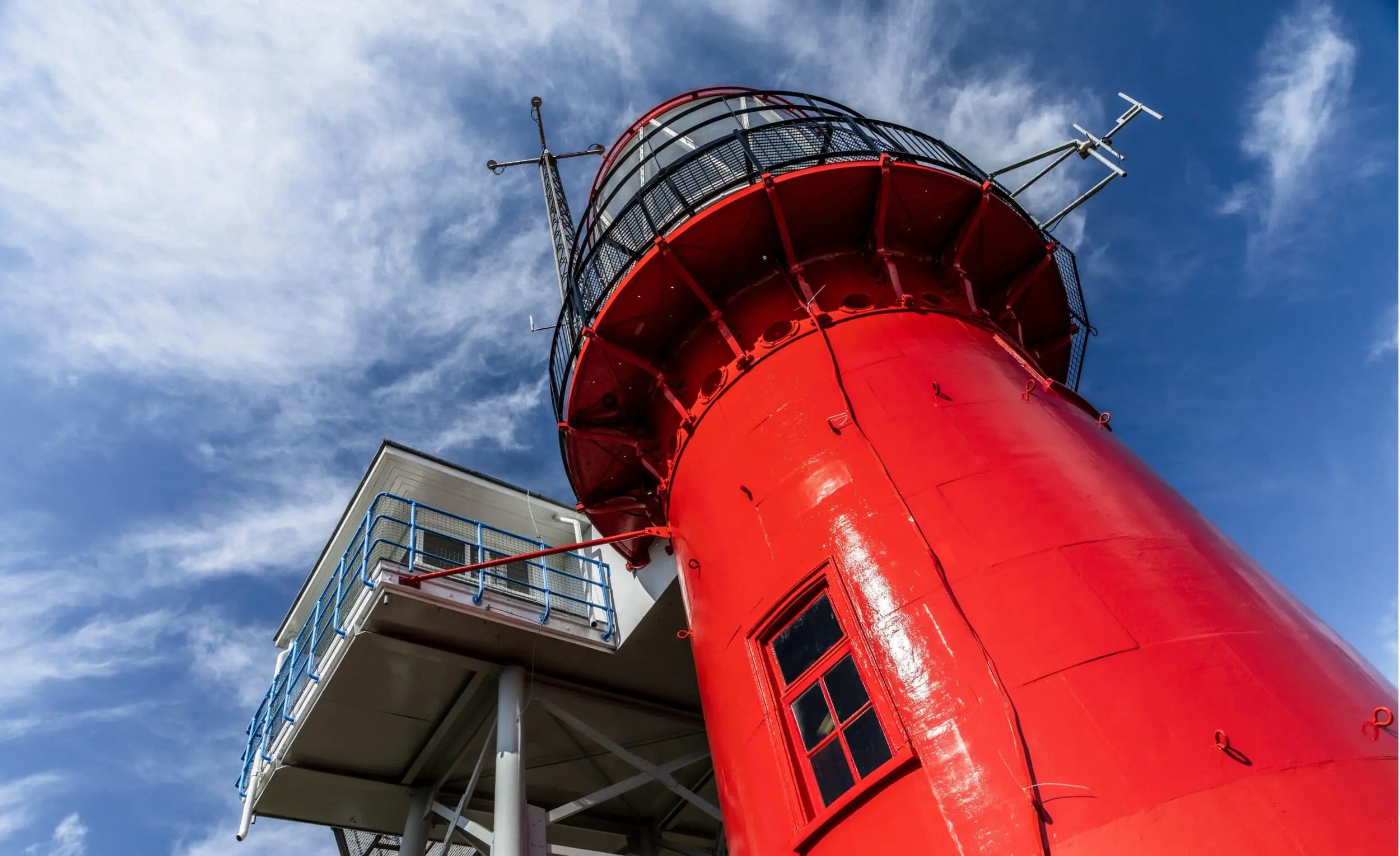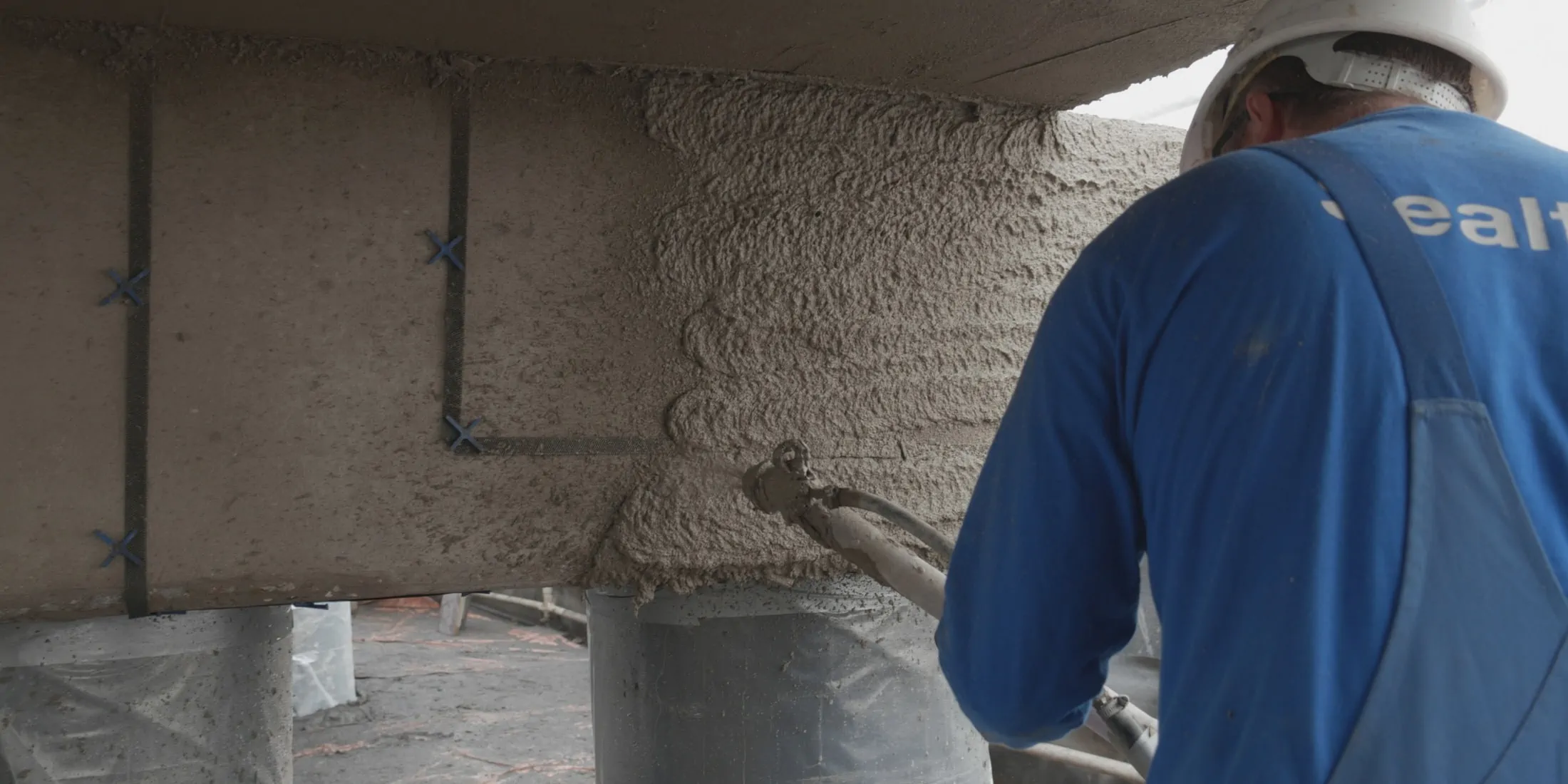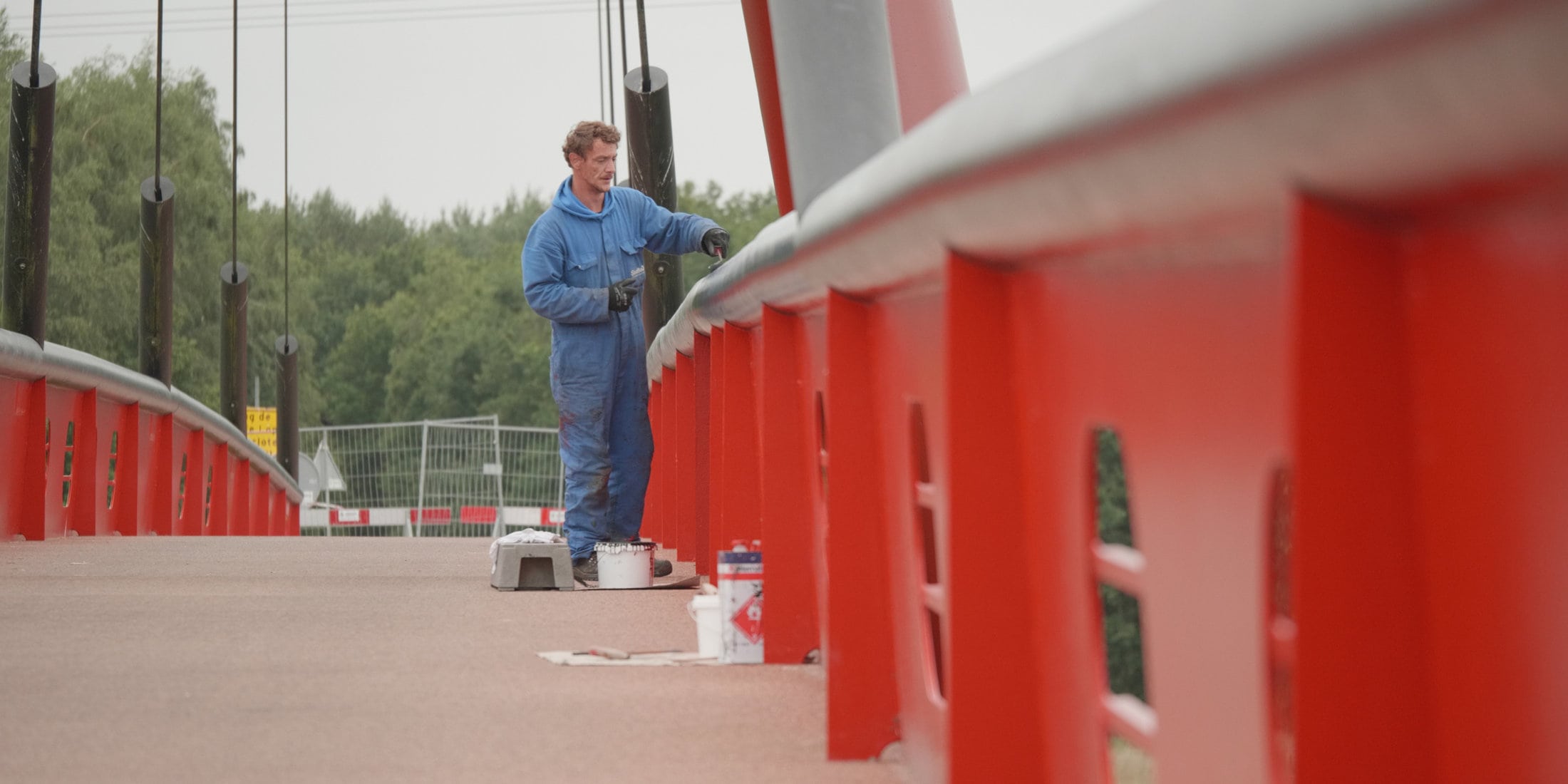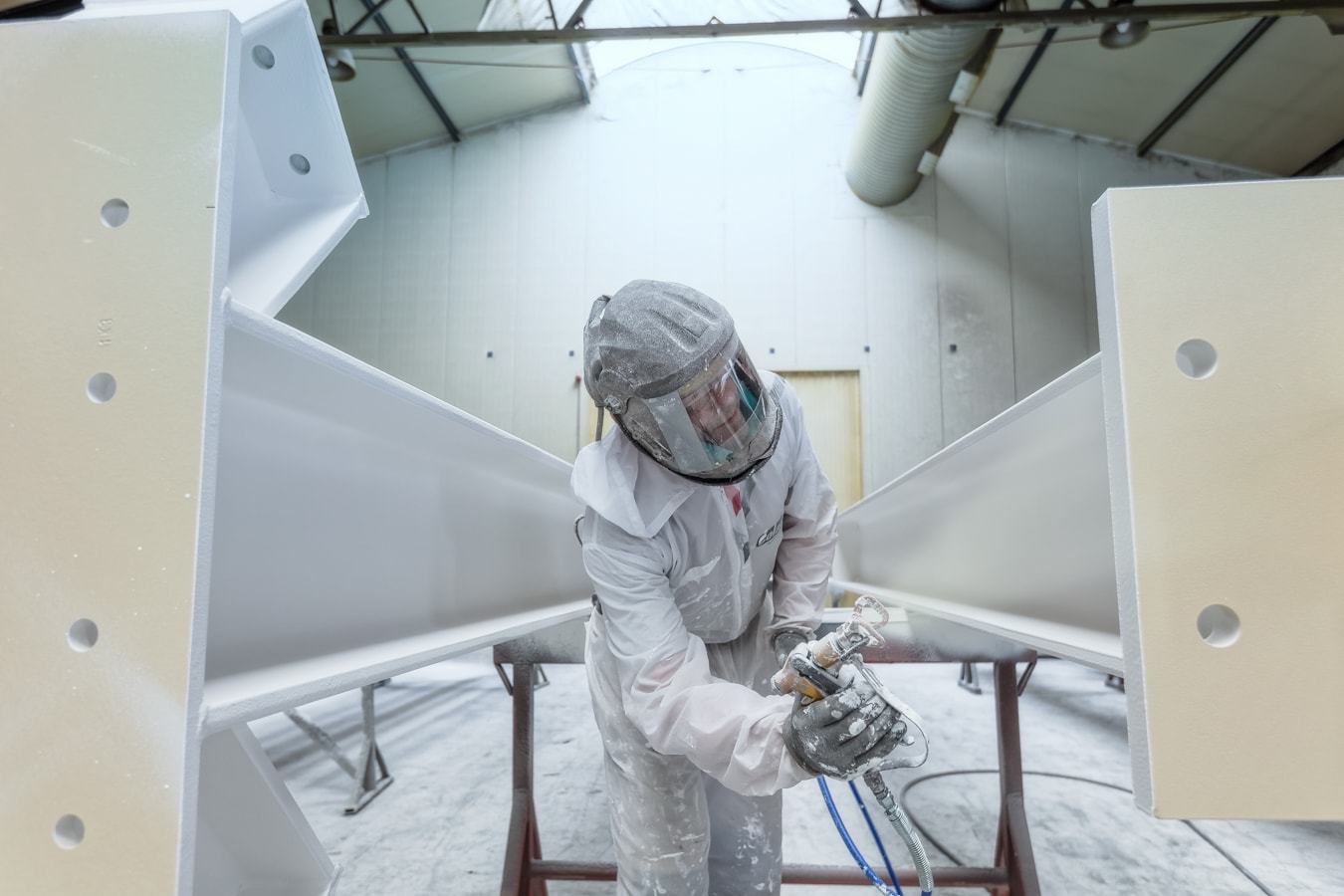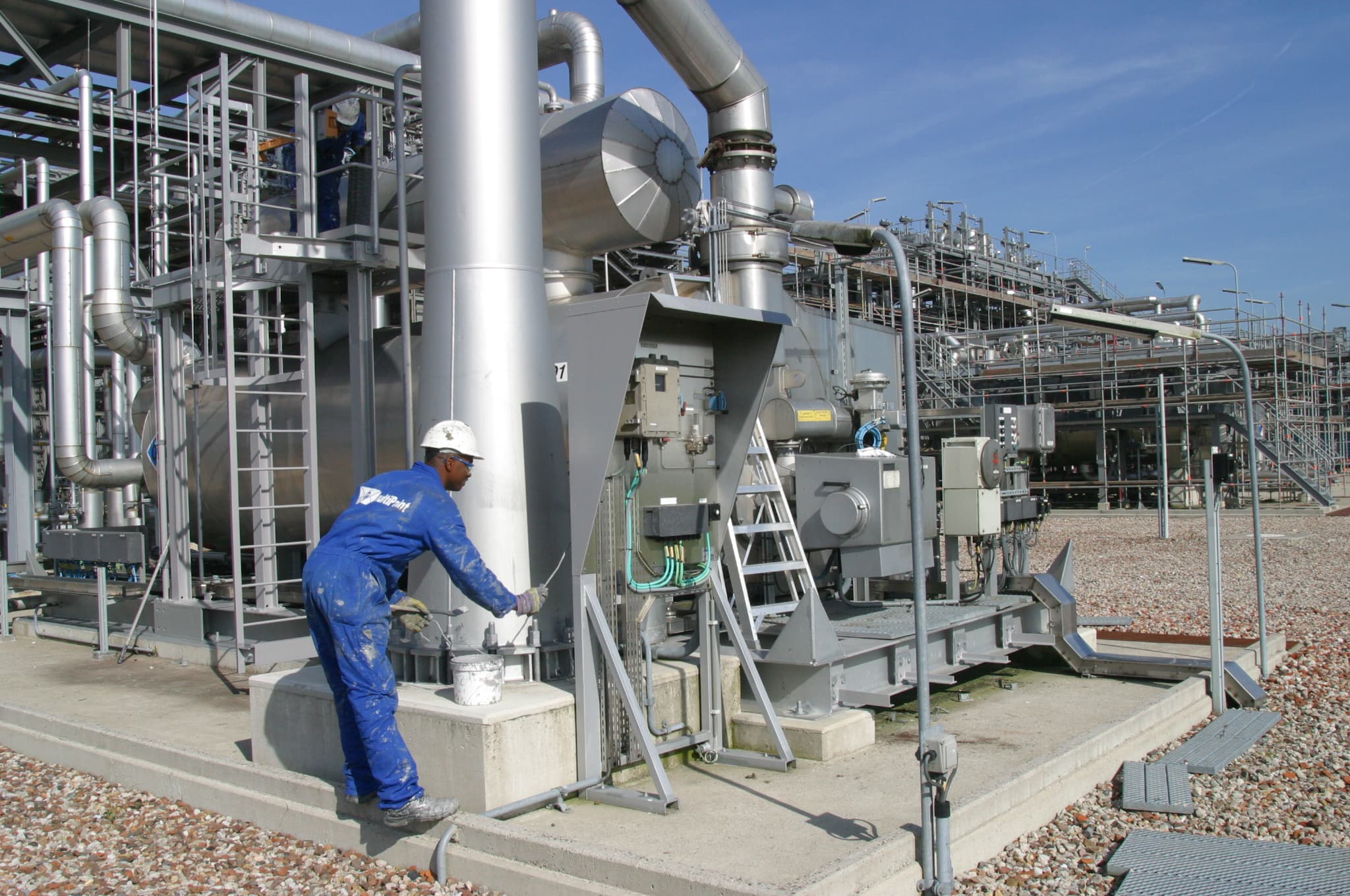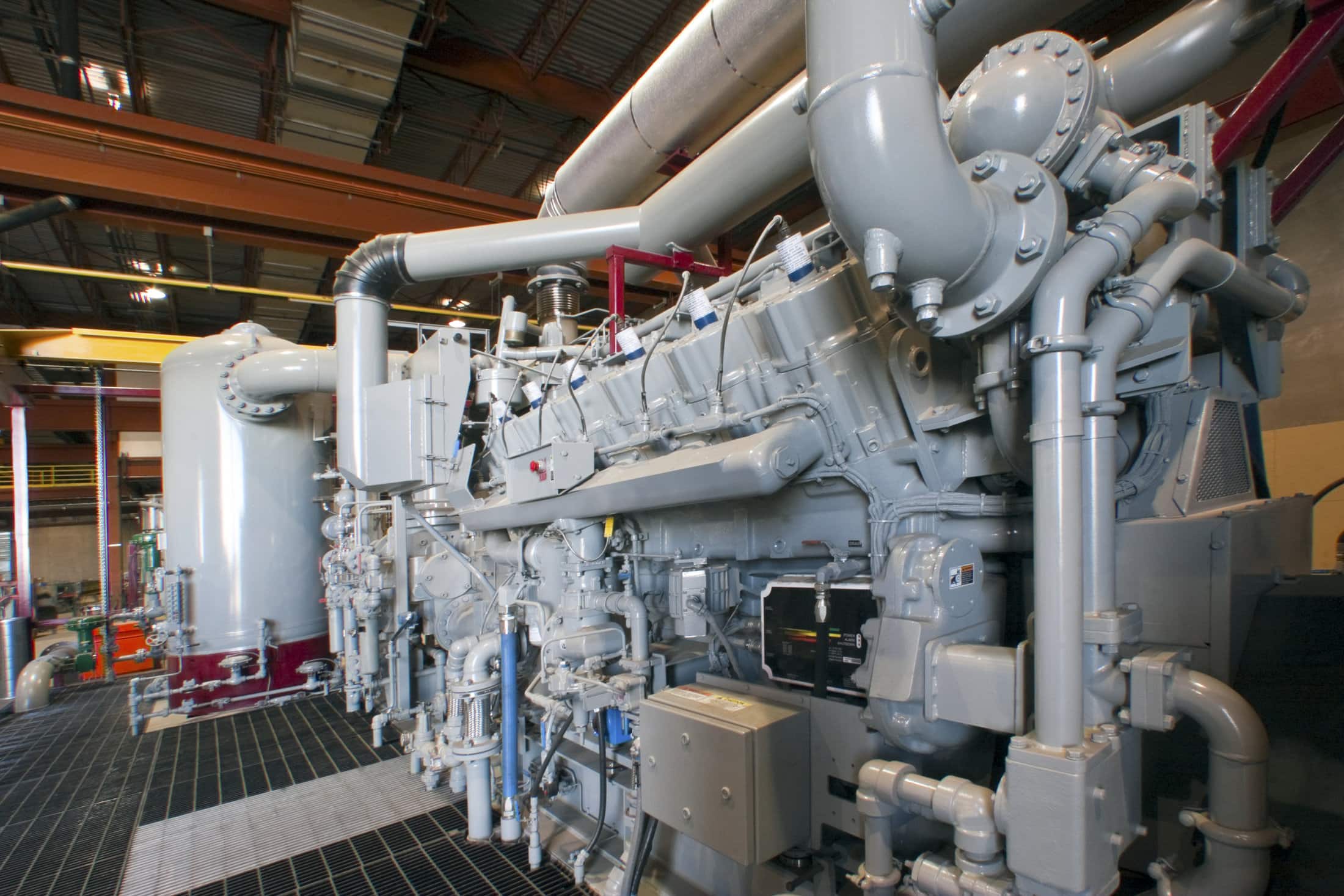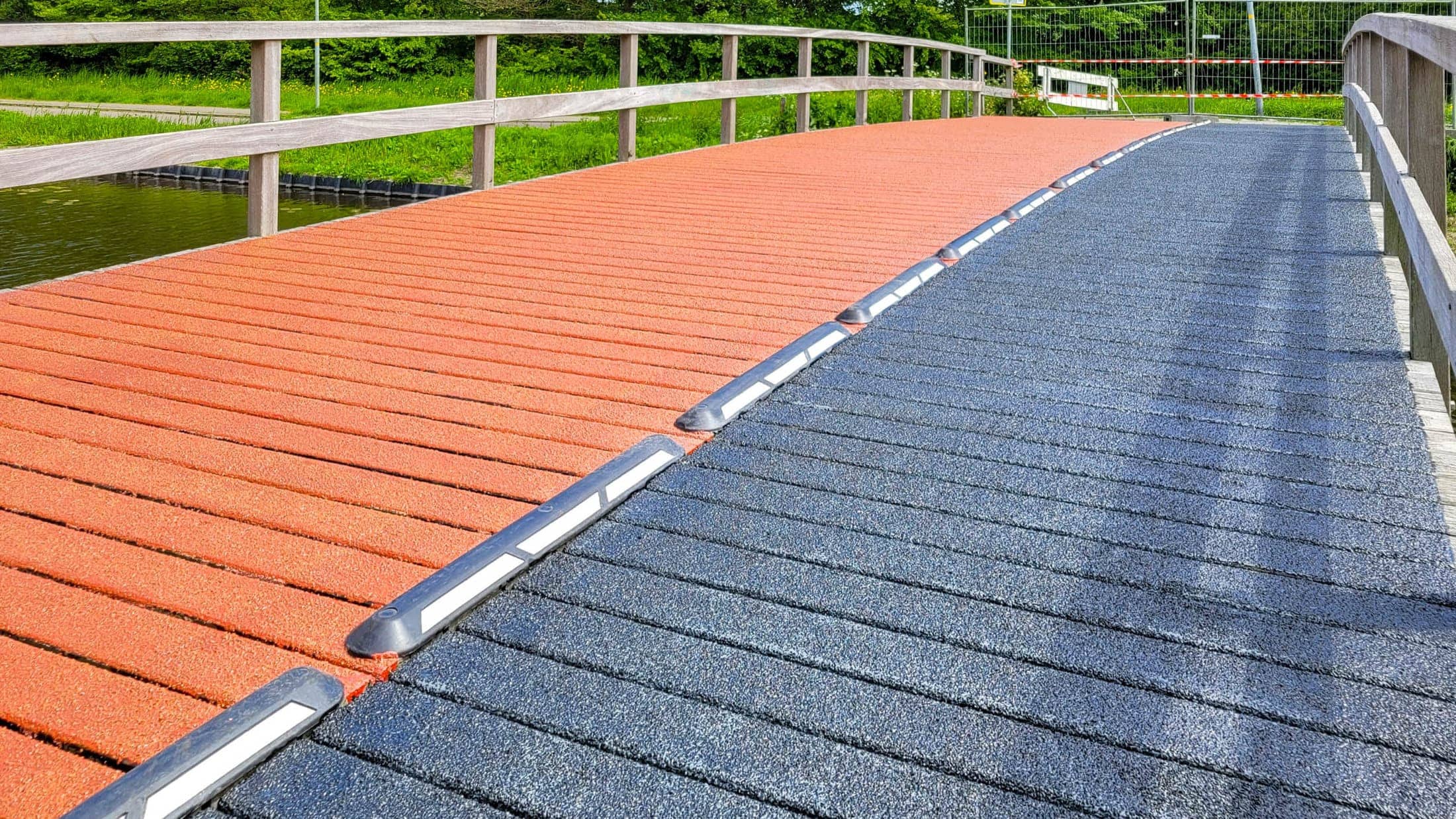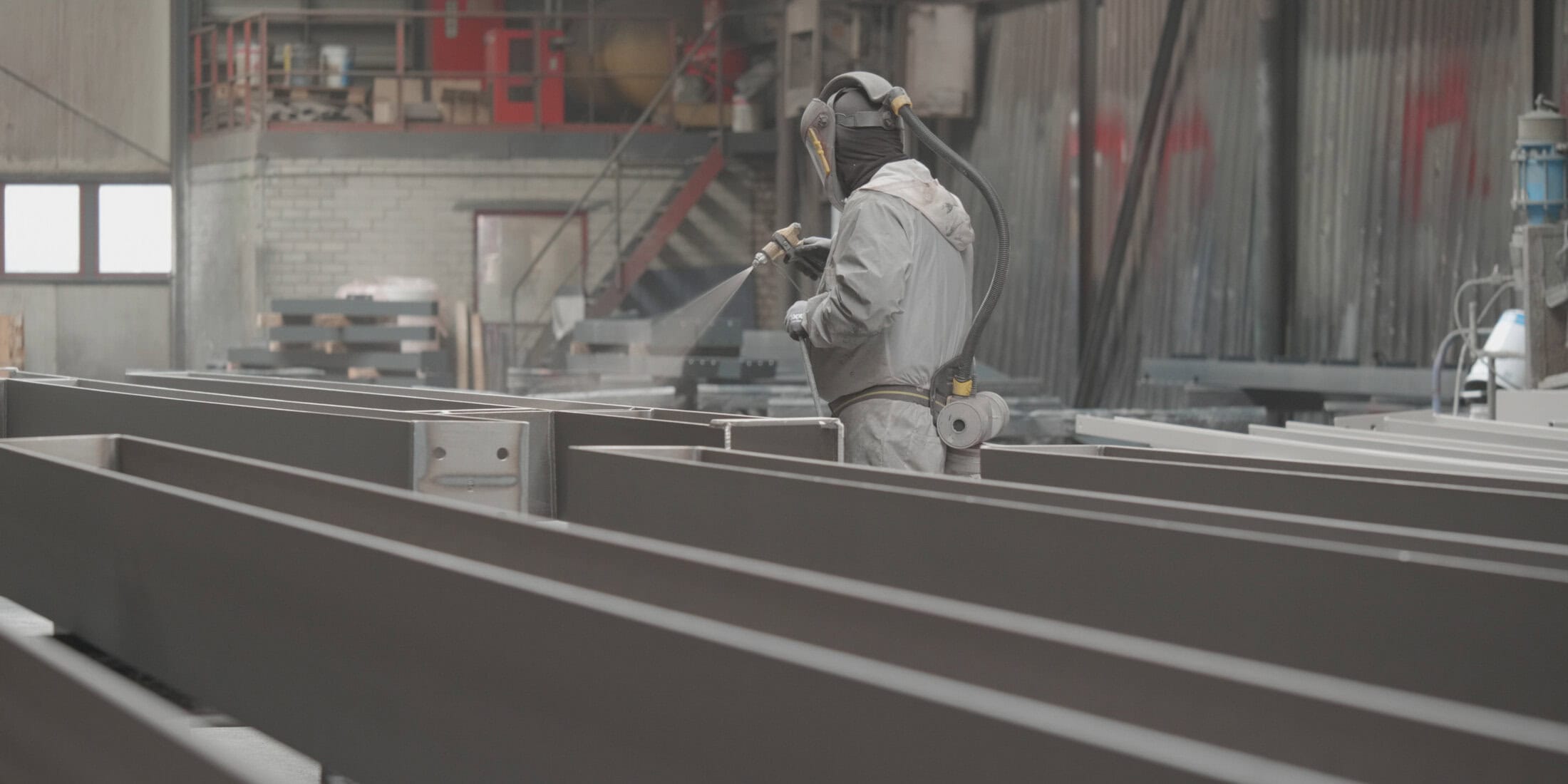Clients often have many questions and concerns about the application of hot-dip galvanized steel. Below, we answer the most common ones:
What if the Coating Comes Loose or Rust Occurs?
Then there is a good chance that the pre-treatment or coating thickness did not meet the requirements. Adhesion is a critical factor; good pre-treatment (such as blasting, passivation, or anodizing) is essential.
What about environmental regulations, such as the REACH directive?
Hot-dip galvanizing generally complies with the REACH directive, provided that the zinc alloys used are free of prohibited substances. Also, pay attention to waste and emissions during preservation processes.
What are the Standards and Tolerances I Need to Consider?
The most important standard is NEN-EN-ISO 1461. This prescribes requirements for coating thickness, adhesion, and tolerances. ISO 12944 is also often used for coating combinations.
What should I Include in the Design?
Ensure drainage holes, sufficient accessibility for inspection, and space for the preservation company to do its job properly. Without a good design, you run the risk of inadequate preservation.
How Long Does Galvanized and Coated Steel Last?
Depending on the environment and maintenance, up to 50 years or more. Inspection and maintenance are limited, which is in line with sustainable and low-maintenance construction.


